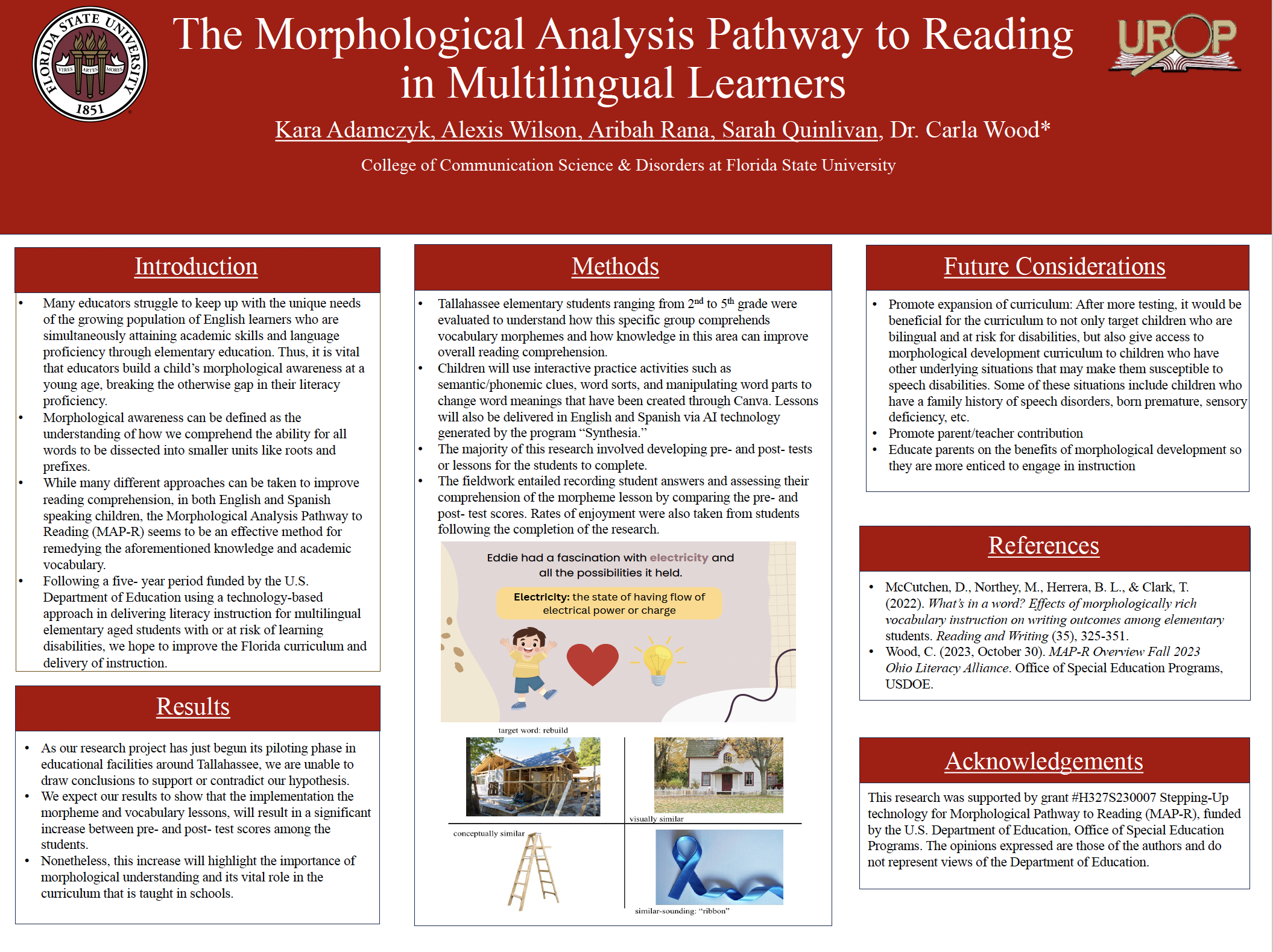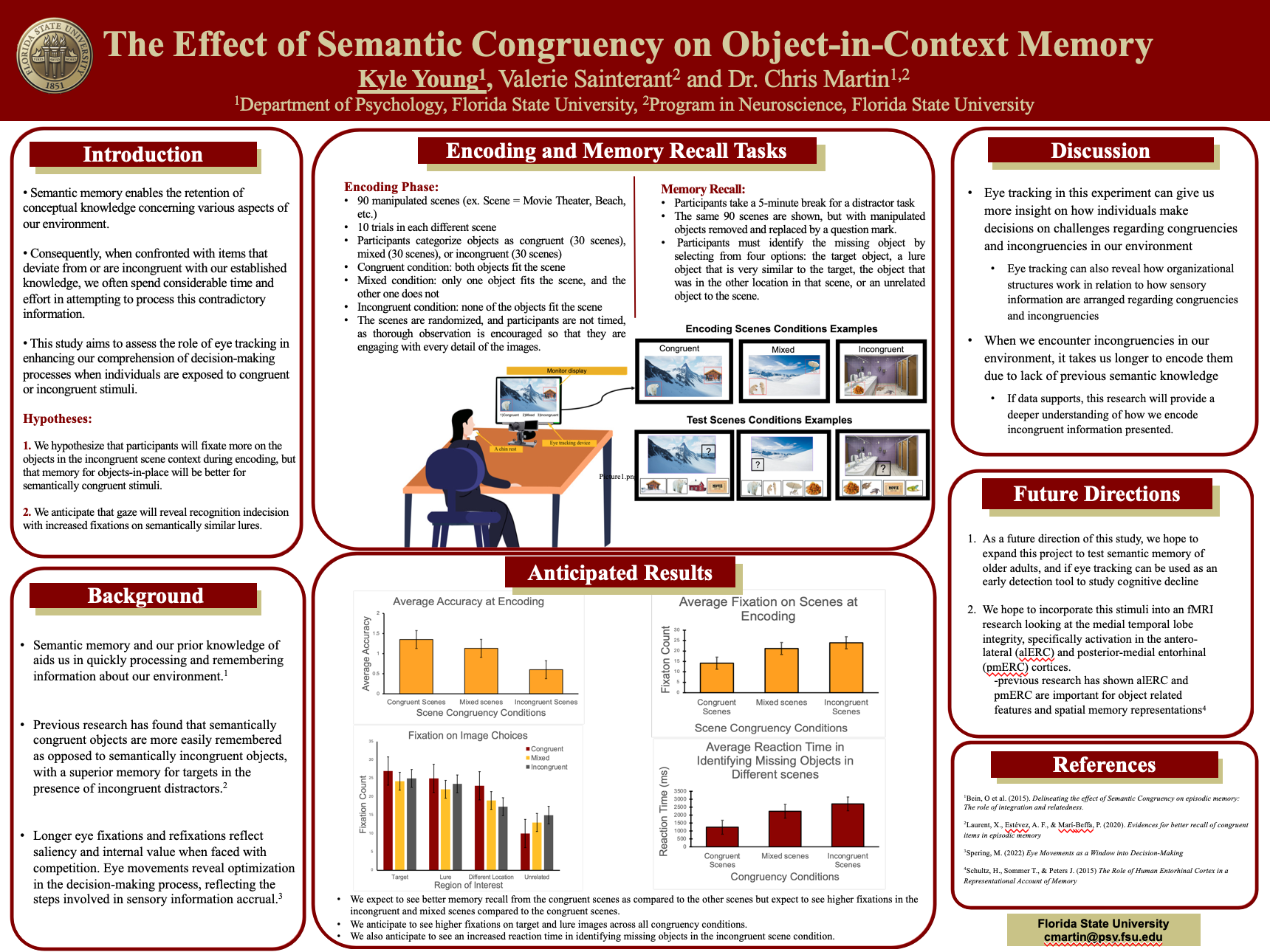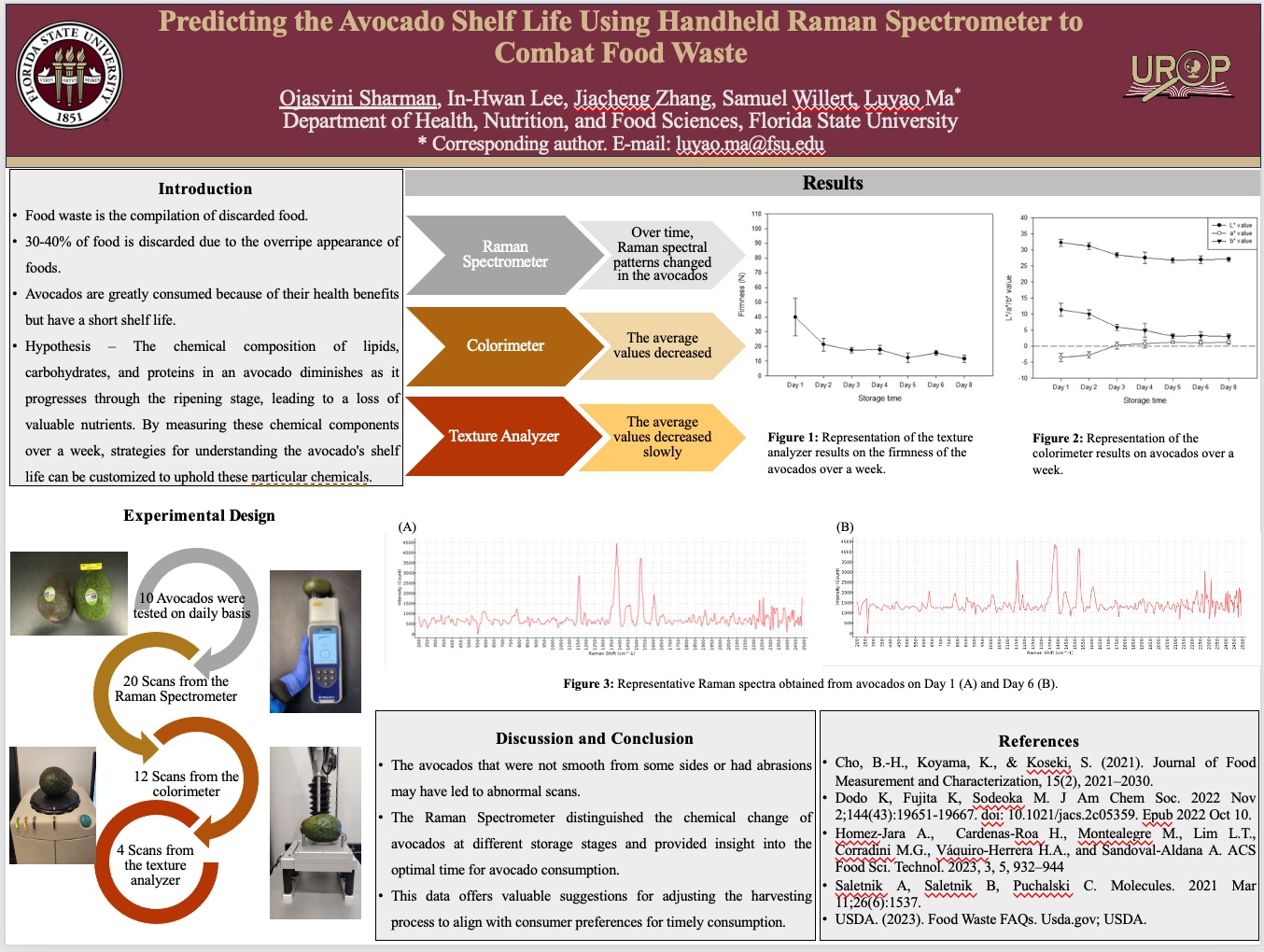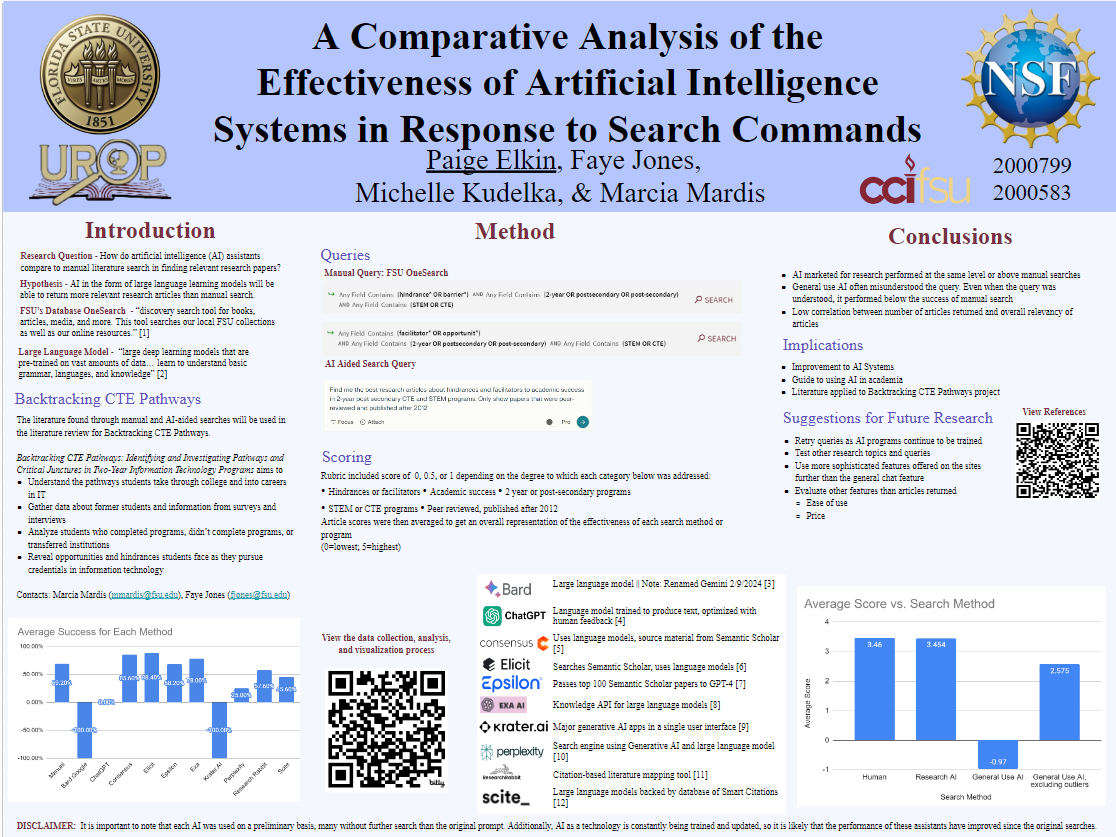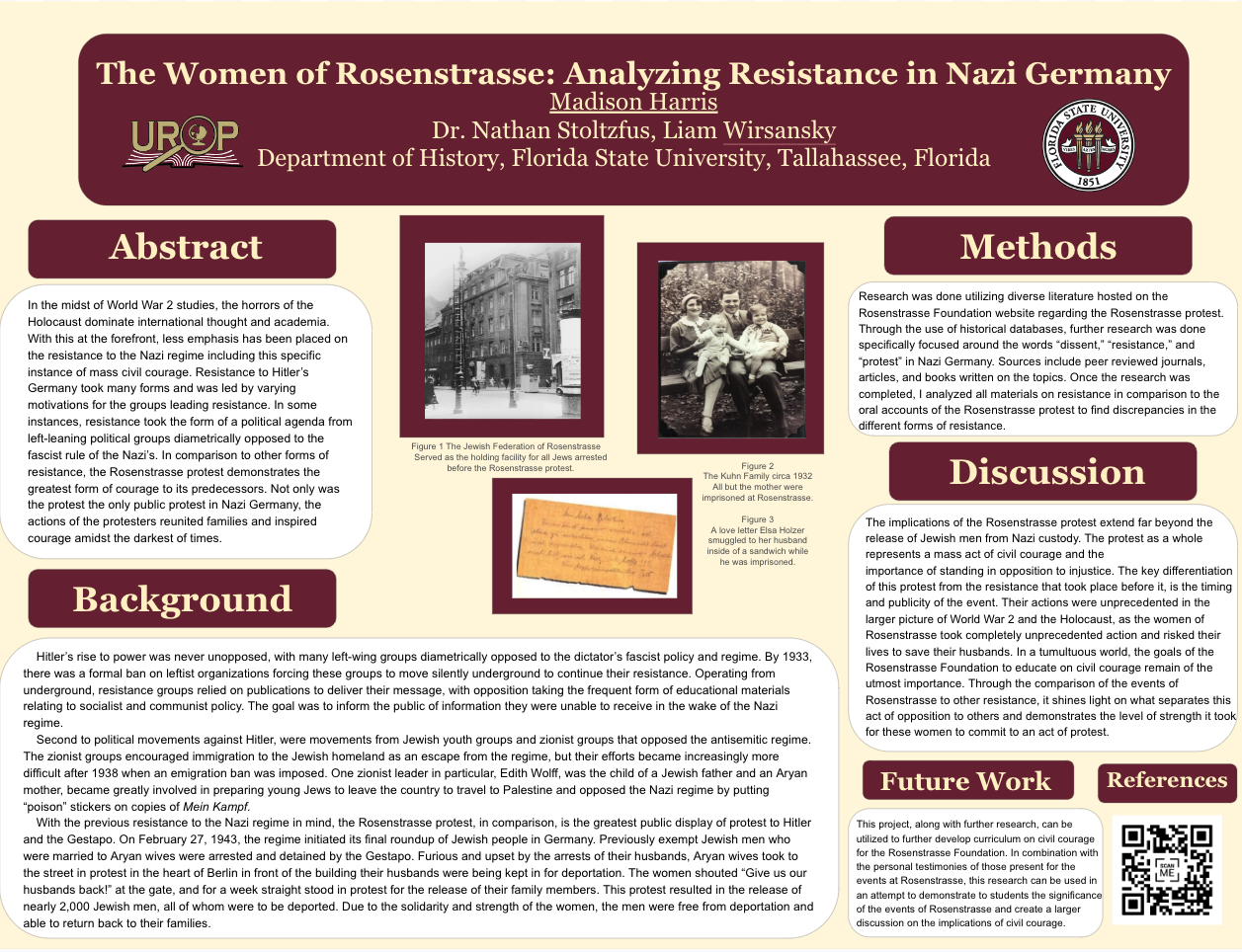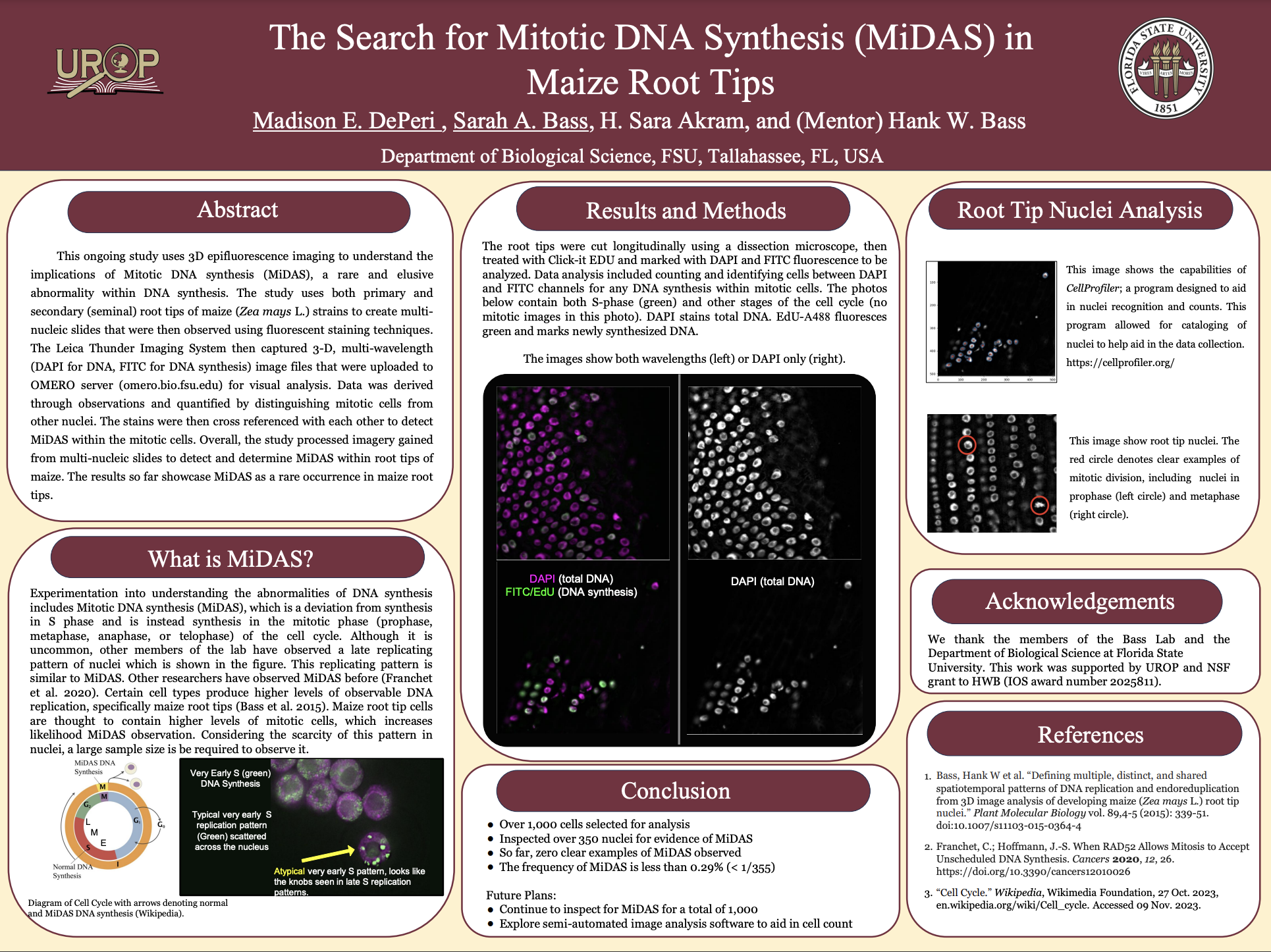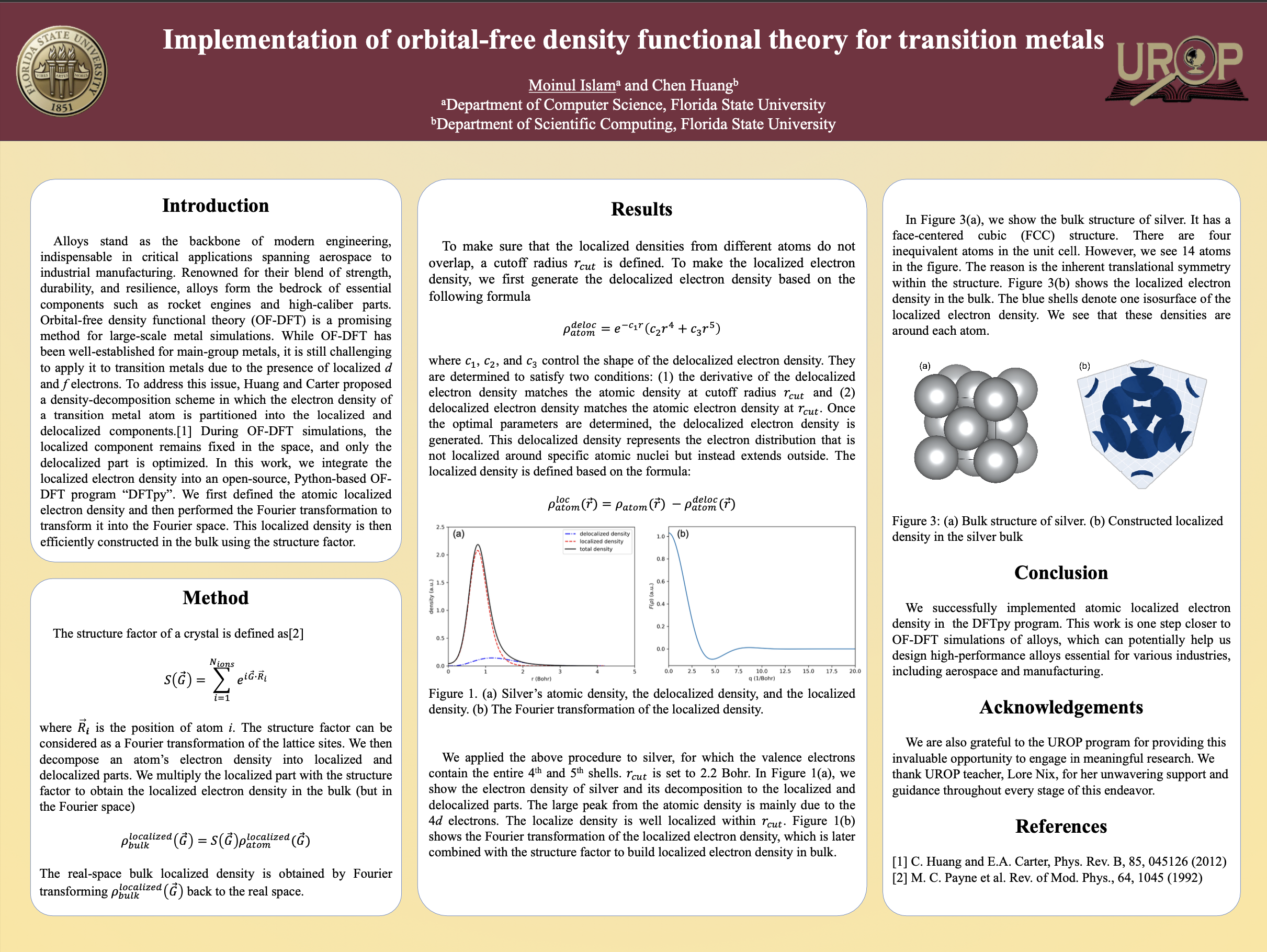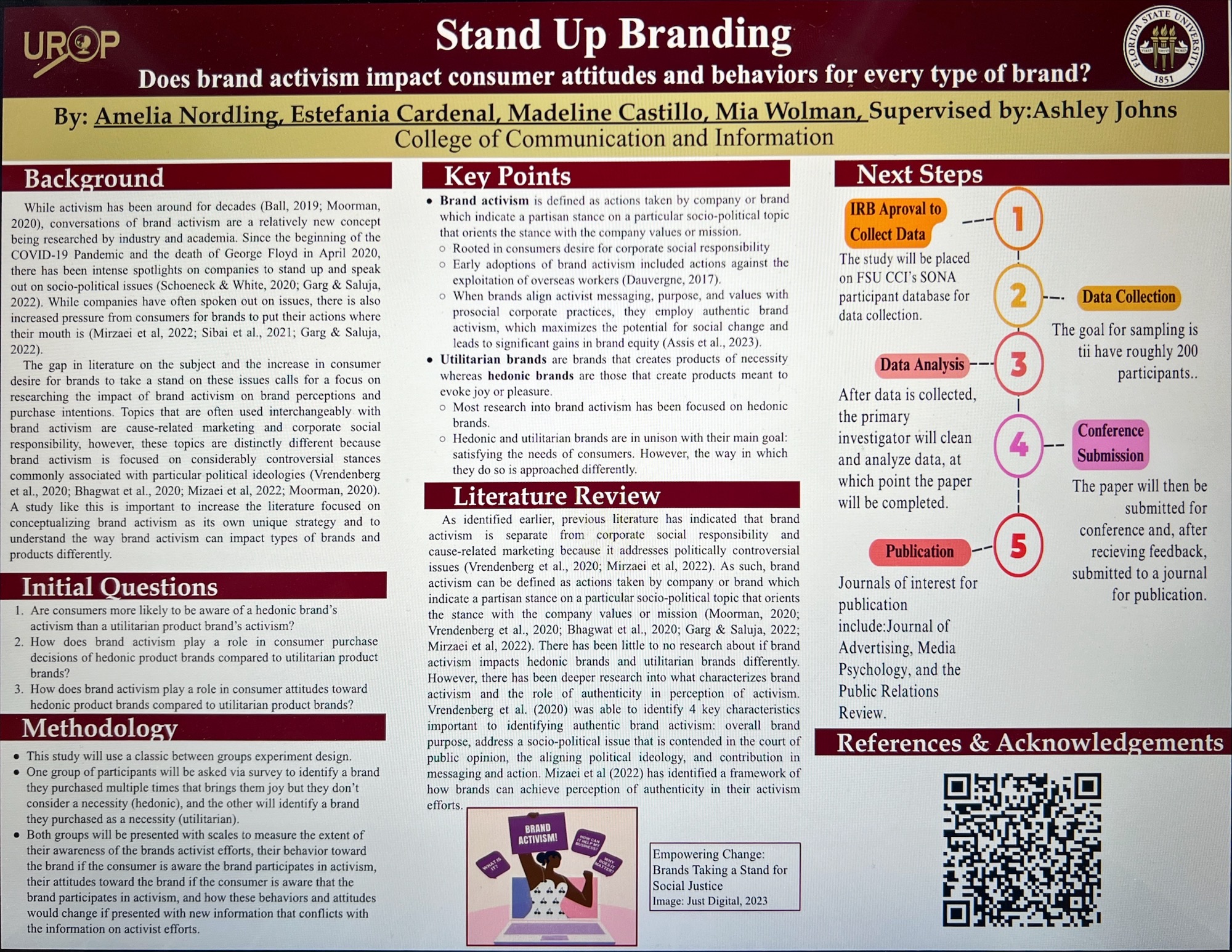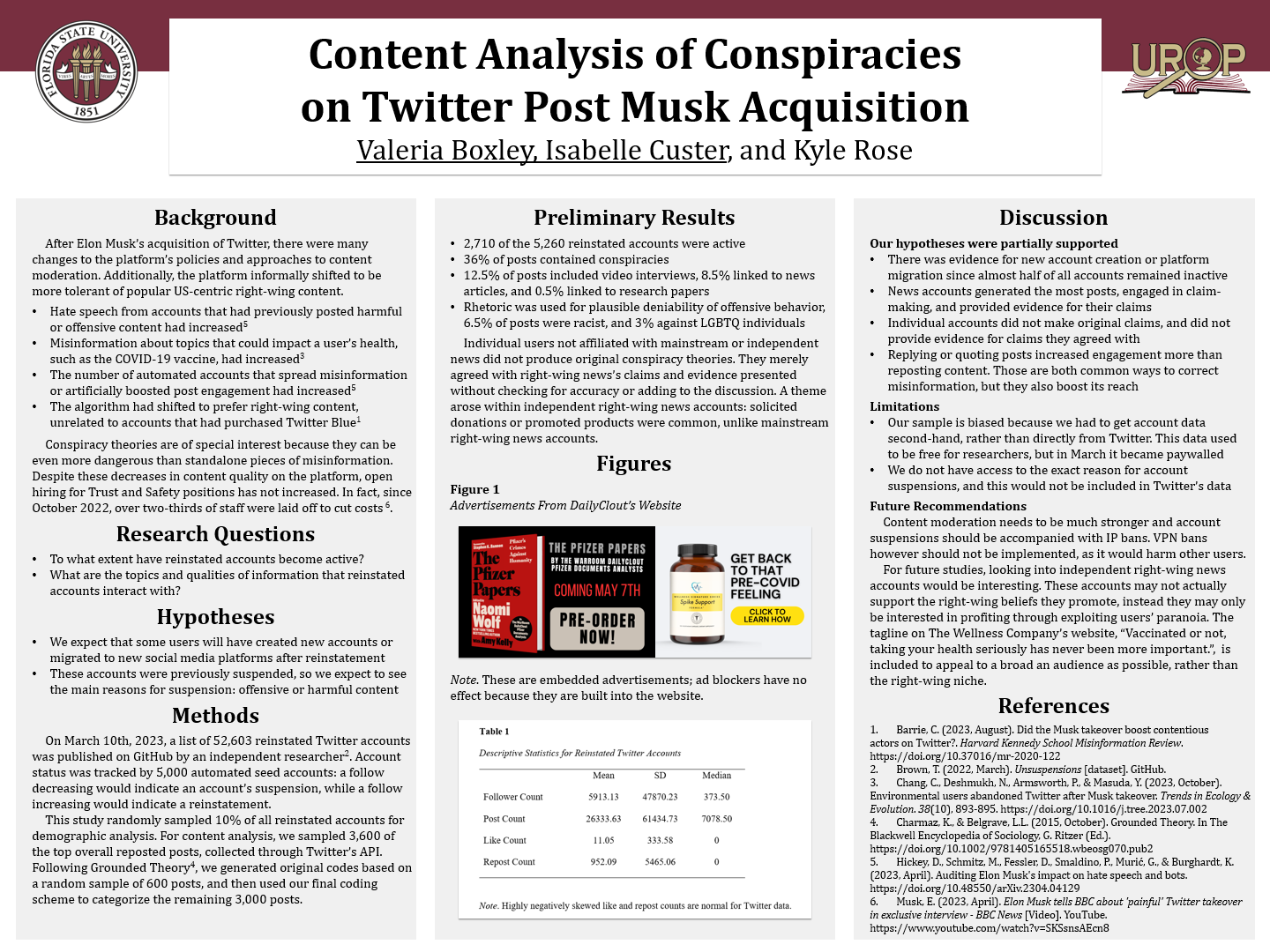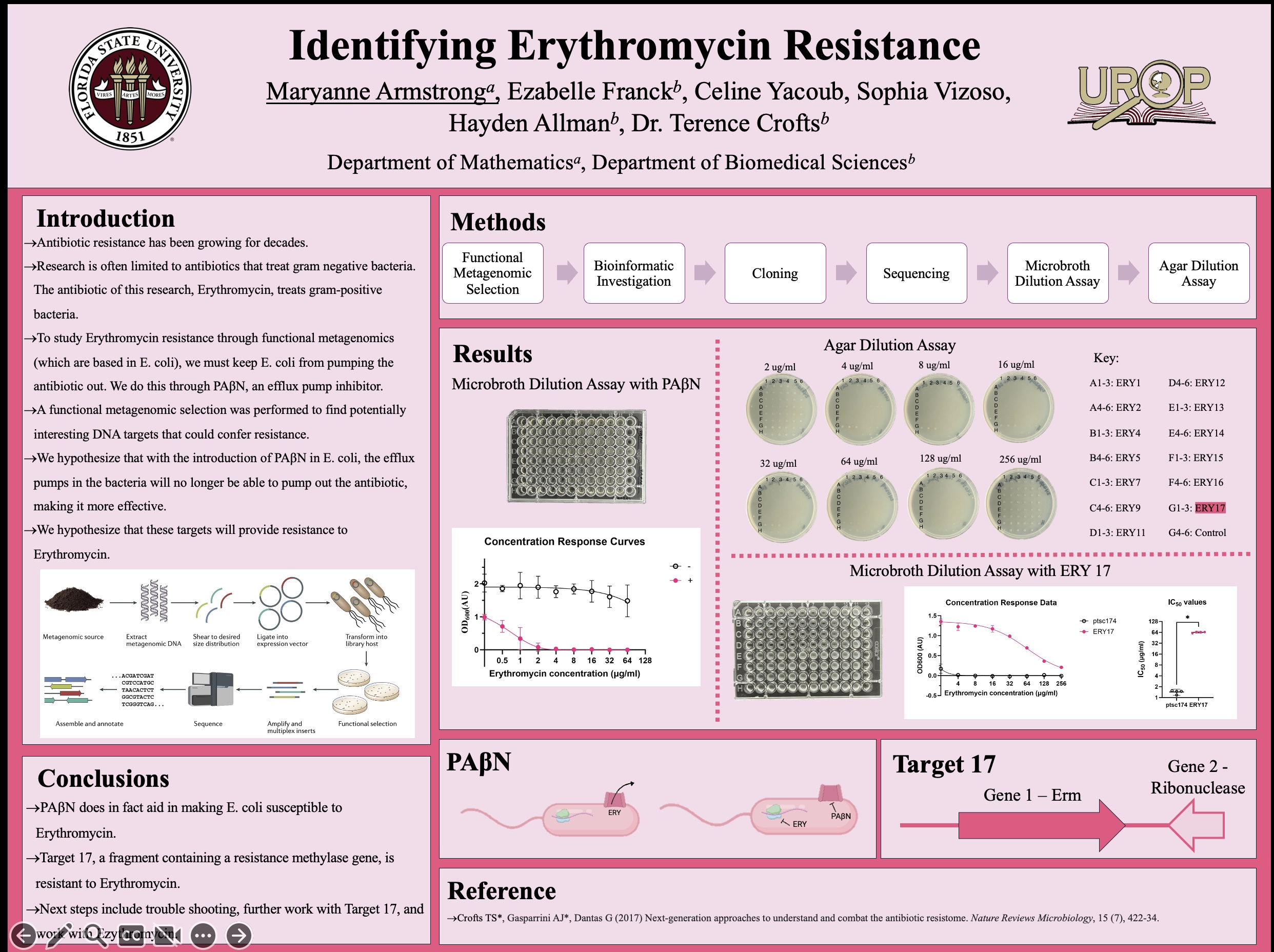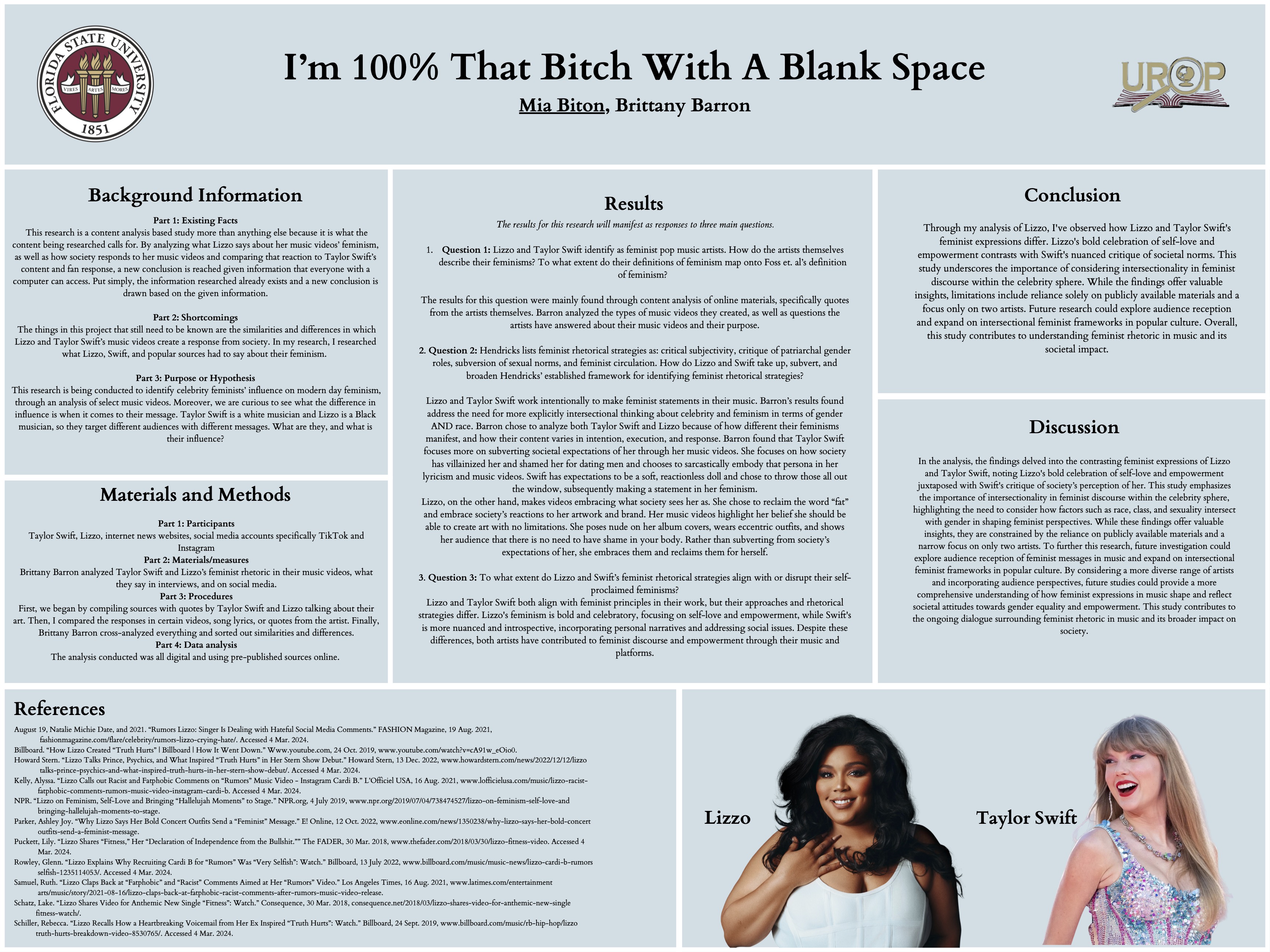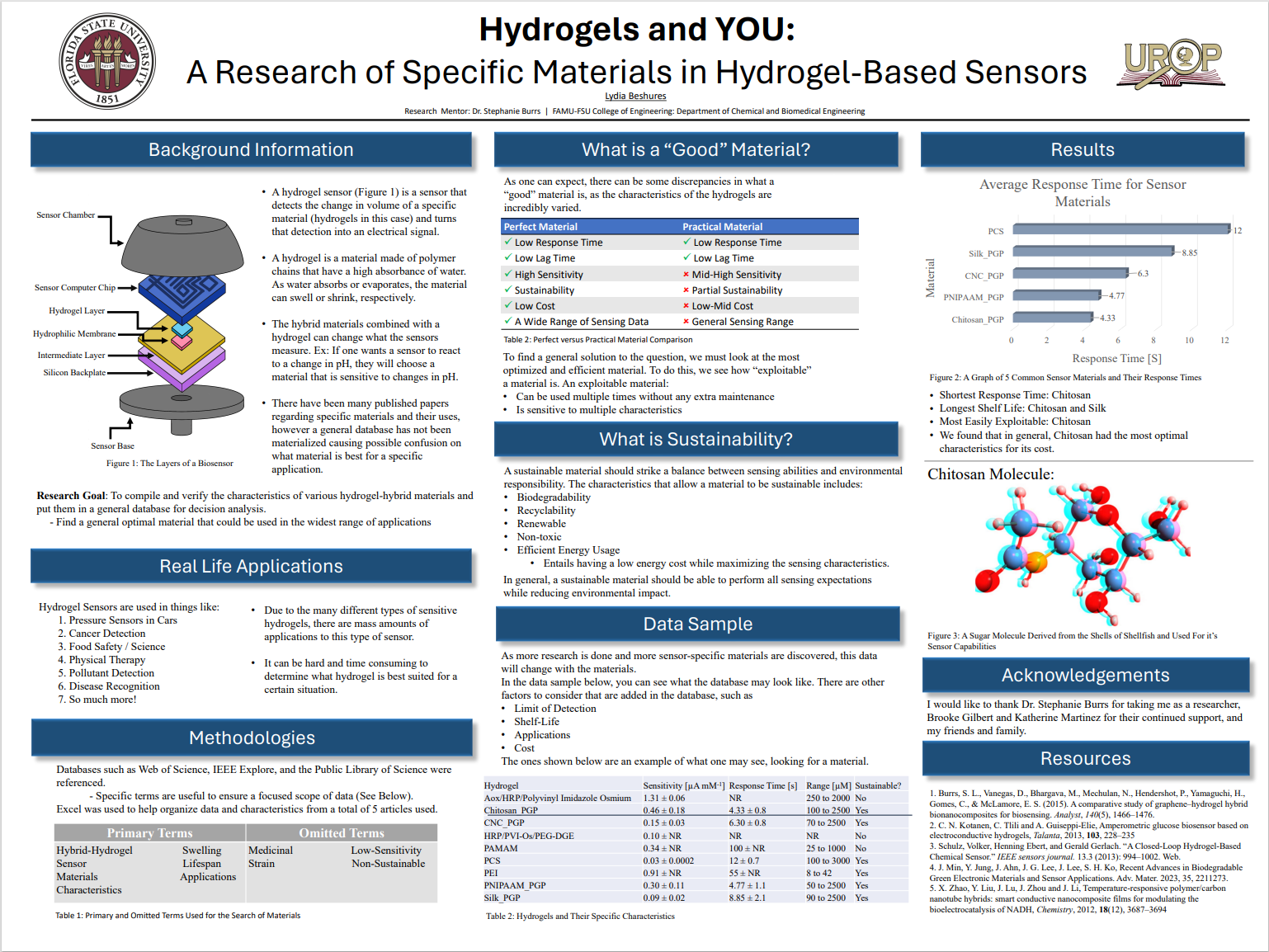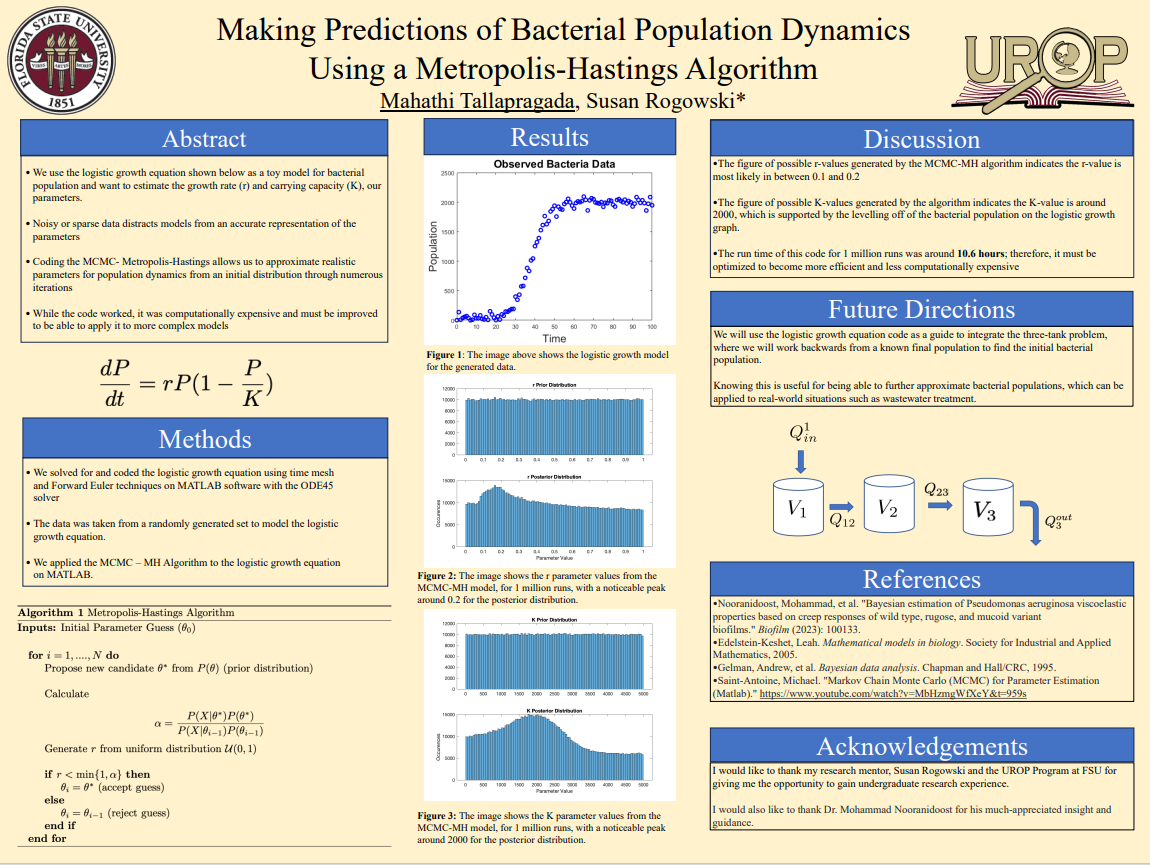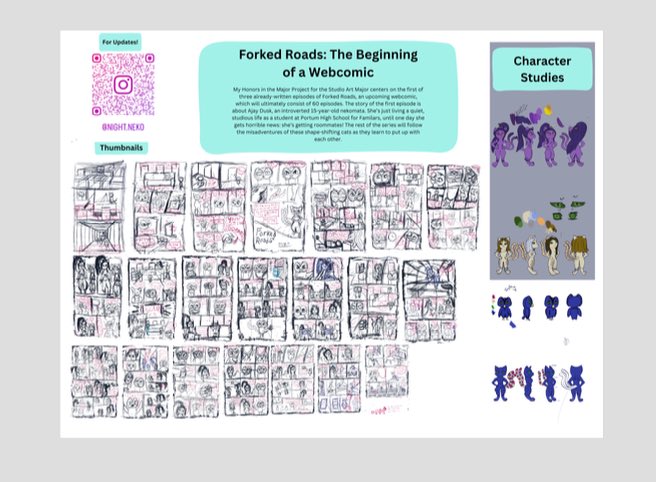Research Symposium
24th annual Undergraduate Research Symposium, April 3, 2024
Kara Adamczyk Poster Session 4: 2:45 pm - 3:45 pm/144
BIO
I am a highly-motivated second year Human Development & Family Sciences student at Florida State, working to obtain a B.S. from the College of Health and Human Sciences with a minor in Chemistry and Biology on the Pre-PA track. I am excited about pursing a career in health care and are constantly looking for more experiences to learn. With a passion for giving back to my community I have worked with numerous non-profits in my hometown Jacksonville, Florida while here in Tallahassee I spend my time volunteering with more non-profits, the Ronald McDonald House and local elementary schools. Wanting to pursue my my love for children I was selected to complete my research project, The Morphological Analysis Pathway to Reading (MAP-R) . With a focus on morphological awareness or how we comprehend the ability for all words to be dissected into smaller units like roots and prefixes, we hope to improve the Florida curriculum and delivery of instruction by using a technology-based approach with a focus in multilingual learners with or at risk of learning disabilities.
The Morphological Analysis Pathway to Reading in Multilingual Learners
Authors: Kara Adamczyk, Dr. Carla WoodStudent Major: Human Development and Family Sciences
Mentor: Dr. Carla Wood
Mentor's Department: Communication Science and Disorders Mentor's College: College of Communication Science and Disorders Co-Presenters: Alexis Wilson, Aribah Rana, Sarah Quinlivan
Abstract
•Many educators struggle to keep up with the unique needs of the growing population of English learners who are simultaneously attaining academic skills and language proficiency through elementary education. Thus, it is vital that educators build a child’s morphological awareness at a young age, breaking the otherwise gap in their literacy proficiency.
• Morphological awareness can be defined as the understanding of how we comprehend the ability for all words to be dissected into smaller units like roots and prefixes.
• While many different approaches can be taken to improve reading comprehension, in both English and Spanish speaking children, the Morphological Analysis Pathway to Reading (MAP-R) seems to be an effective method for remedying the aforementioned knowledge and academic vocabulary.
• Following a five- year period funded by the U.S.Department of Education using a technology-based approach in delivering literacy instruction for multilingual elementary aged students with or at risk of learning disabilities, we hope to improve the Florida curriculum and delivery of instruction.
Keywords: Morphological Awareness, improving Florida curriculum, multilingual students
24th annual Undergraduate Research Symposium, April 3, 2024
Kyle Young Poster Session 4: 2:45 pm - 3:45 pm /286
BIO
My name is Kyle Young and I am from Gulf Breeze, Florida. I am currently in my bachelors program studying Psychology at Florida State University with hopes to continue my academic career studying neuropsychology in an accredited Ph.D. program. I am currently working in the Martin Memory Lab where we conduct memory related research as it relates to the physiology and function of the brain as well as behavioral aspects of memory.
The Effect of Semantic Congruency on Object-in-Context Memory
Authors: Kyle Young, Chris MartinStudent Major: Psychology
Mentor: Chris Martin
Mentor's Department: Department of Psychology, Department of Neuroscience Mentor's College: Florida State University Co-Presenters:
Abstract
In our daily lives, we encounter countless objects in many different contexts. Adaptive behavior sometimes depends on our ability to remember specific object-context associations, such as the location of your car keys. These memories are thought to be strongest, and therefore most likely to be successfully retrieved, when objects and contexts are semantically congruent. Indeed, previous research indicates that we are better at identifying objects embedded in semantically congruent contexts (e.g., a roulette wheel in a casino) than we are objects in incongruent contexts (e.g., a roulette wheel in a lecture hall). Expanding on these findings, this study investigated whether eye movements can reveal mnemonic biases in an object-in-context memory task in which we systematically manipulated object-scene congruency. During encoding, participants were asked to indicate whether two objects superimposed on categorized scenes were congruent or incongruent with the scene context. During a subsequent object-in-context recognition test, the objects were removed from the scenes and participants had to choose which of four alternative objects occupied a specific location in the scene. The alternatives included the target object, the second object previously encoded in a different location of the scene, a lure that was semantically similar to the target, and a foil that was unrelated to the target. We hypothesize participants will fixate more on the objects in the incongruent scene context during encoding, but that memory for objects-in-place will be better for semantically congruent stimuli. Furthermore, we anticipate that gaze will reveal recognition indecision with increased fixations on semantically similar lures.
Keywords: Semantic Memory, Congruencies, Incongruence, Eye Fixation
24th annual Undergraduate Research Symposium, April 3, 2024
Ojasvini Sharman Poster Session 1: 9:30 am - 10:30 am /295
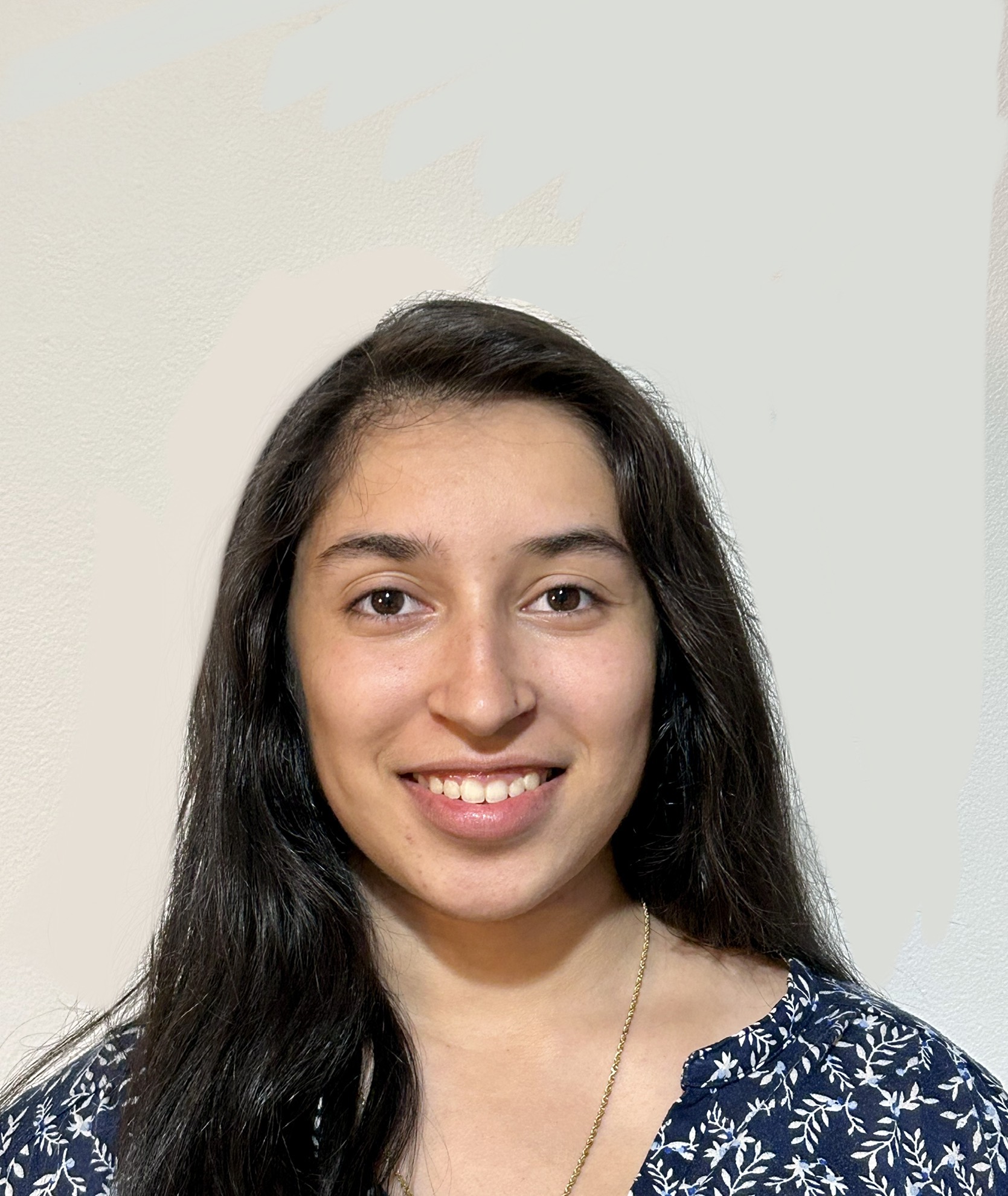
BIO
Ojasvini is a second-year undergraduate student at Florida State University, hailing from Port St. Lucie, FL. She is currently working on the pre-med track, as her passion lies in providing healthcare to underserved populations. Off-campus, she's an avid badminton player and a skilled origami artist. She has a passion for music and playing the piano as well. She is enrolled in an Undergraduate Research Program Opportunity to enhance her research experience in biology, nutrition, quality of food, and food safety. She hopes to further her research to increase awareness in the world about healthy eating and healthy being.
Predicting Avocado Shelf Life with a Handheld Raman Spectrometer to Combat Food Waste
Authors: Ojasvini Sharman, Luyao MaStudent Major: Biological Sciences
Mentor: Luyao Ma
Mentor's Department: Health, Nutrition, and Food Sciences Mentor's College: Health and Human Sciences Co-Presenters:
Abstract
Food waste is a prevalent concern due to global consumption levels and the finite shelf life of perishable food. It is crucial to consider the shelf life of foods to effectively manage their distribution and retail sales within the freshness window. This study focused on avocados which are well known for their health benefits yet concerned for their short shelf life. The overall aim was to establish a user-friendly detector to predict the ripeness stage of avocados and their remaining shelf life. A total of 80 avocado samples were tested for chemical profiles such as lipids, proteins, and carbohydrates using a handheld Raman spectrometer. The change in ripeness was validated by the standard colorimeter and texture analyzer. The series of measurements over a week demonstrated a gradual decrease in lipids, proteins, carbohydrates, and pigments in avocado samples over time as the fruits continued to ripen. Further studies could focus on validating the prediction performance of the handheld Raman spectrometer in various avocado varieties, storage temperatures, and storage time.
Keywords: Spectrometer, Food Waste, Shelf Life
24th annual Undergraduate Research Symposium, April 3, 2024
Grace Elliott Poster Session 4: 2:45 pm - 3:45 pm /184

BIO
I am a second-year behavioral neuroscience major from Tarpon Springs, Florida. I am deeply interested in neuroscience research because of the brain's complexity and the endless possibilities for discovery within this field. I plan to pursue a Master's degree in anesthesia and become a Certified Anesthesiologist Assistant (CAA) after my undergraduate studies.
The Neurodevelopmental Effects of Western Diet on the Central GLP-1 System
Authors: Grace Elliott, Abigail RandolphStudent Major: Behavioral Neuroscience
Mentor: Abigail Randolph
Mentor's Department: Psychology Mentor's College: Florida State University Co-Presenters:
Abstract
Maternal Western diet, consisting of foods rich in sugar and fats, has been linked to negative health outcomes in offspring. The process connecting this diet to these disadvantages is not fully understood. A possible link between them is glucagon-like peptide-1 (GLP-1). In the brain, GLP-1 acts as a neurotransmitter that regulates many of the behaviors and metabolic health outcomes associated with maternal Western diet (mWD). Our research aims to determine if the mWD impacts the development of the central GLP-1 system in rat offspring. Using female Gcg-cre rats and male tdTomato rats, we obtained Gcg-Cre/tdTomato offspring, where red fluorescent protein (RFP) indicates GLP-1-producing cells. In our mWD paradigm, dams were introduced to either WD or chow prior to pregnancy and throughout lactation. All pups were weaned onto a chow diet postnatal 21 (P21). At P60, rats were injected with Exendin-4, a peptide that binds to GLP-1 receptors (GLP-1R) and activates GLP-1R neurons. Using immunohistochemistry, the brains of offspring were labeled for RFP and cFos. CFos is a gene used as an indicator for neural reactivity within neurons, revealing Exendin-4 responsive neurons. We then took pictures and analyzed the offspring’s hindbrain to investigate the difference in RFP or cFos expression between diets. This ongoing research aims to uncover how mWD exposure influences the anatomy of GLP-1 projection neurons and cFos expression in response to Exendin-4. Any differences observed in GLP-1 circuitry could suggest a role for GLP-1 in negative health outcomes associated with mWD, warranting further investigation into underlying mechanisms.
Keywords: GLP-1, metabolic health, maternal western diet
24th annual Undergraduate Research Symposium, April 3, 2024
Paige Elkin Poster Session 3: 1:30 pm - 2:30 pm /387
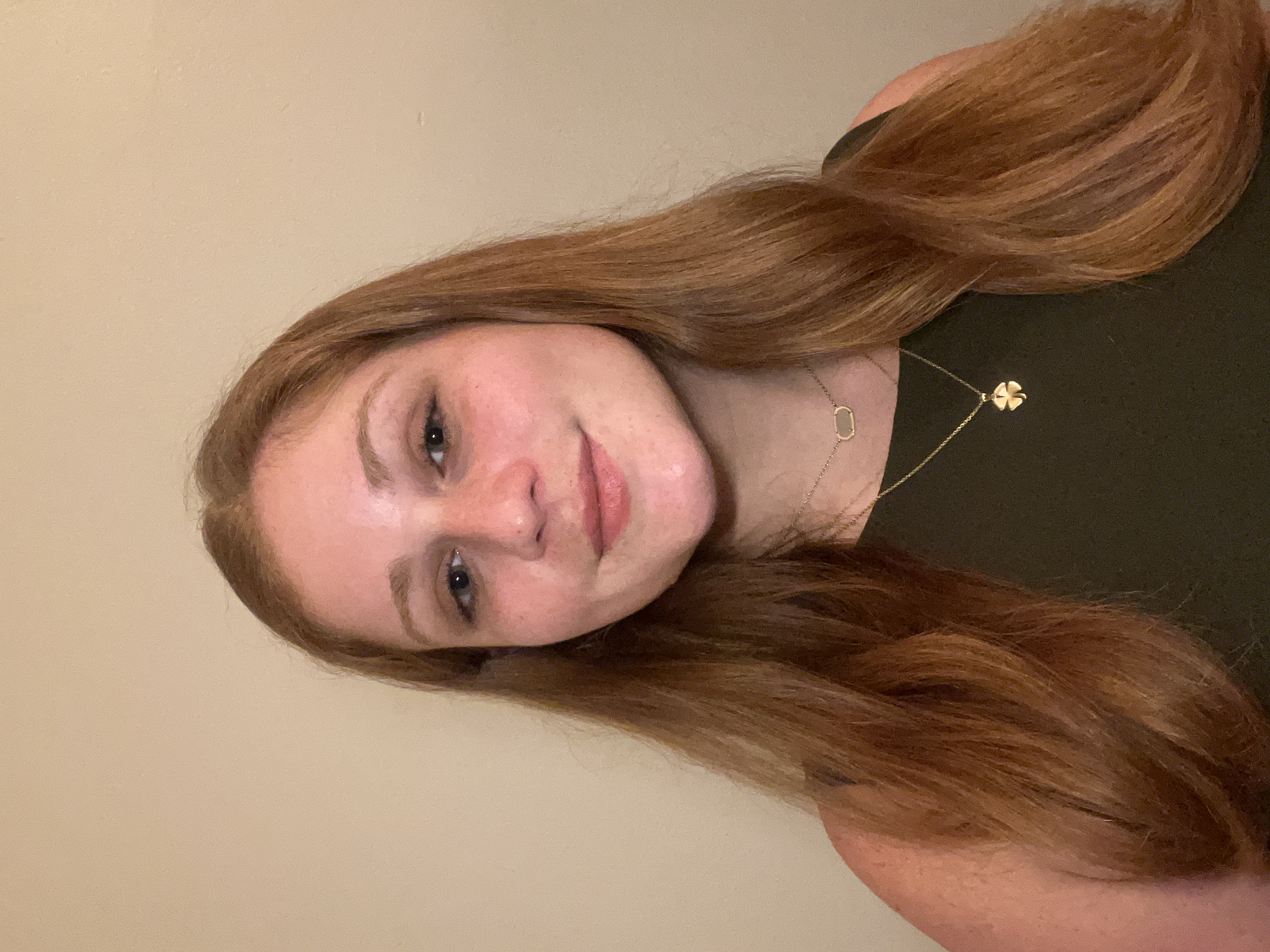
BIO
Paige is an Information, Communication, and Technology major from Palm Beach Gardens, Florida. She hopes to utilize her minor in Innovation and certificate in Global Citizenship to find new, interdisciplinary applications to technology. Her research interests follow this passion, looking to study human and technological interactions. She will continue working on her project, "A Comparative Analysis of the Effectiveness of Artificial Intelligence Systems in Response to Search Commands" next year, aiming to get the findings published. Aside from research, Paige has taken leadership positions on campus as an Honors Colloquium Leader for the FSU Honors Program, as well as serving as the fundraising chair for Delta Nu Zeta, raising nearly $17,000 in her two semesters served.
A Comparative Analysis of the Effectiveness of Artificial Intelligence Systems in Response to Search Commands
Authors: Paige Elkin, Faye JonesStudent Major: Information, Communication, and Technology
Mentor: Faye Jones
Mentor's Department: Faculty Researcher Mentor's College: College of Communication and Information Co-Presenters:
Abstract
This study presents a comparative analysis of traditional and artificial intelligence (AI) systems’ ability to search for relevant articles using specified search commands. With artificial intelligence ever-evolving, and the accessibility of AI opening to the general public, questions have arisen surrounding these tools in academia. The study was conducted to understand the facilitators and hindrances that impact the completion of 2-year STEM degree programs. In this study, 10 artificial intelligence systems were selected for comparative analysis, each one prompted with queries on the hindrances and facilitators of success in 2-year Career and Technical Education (CTE) and STEM programs. These papers were also cross-referenced against a list of relevant papers from the Florida State University Library Database - OneSearch. The findings were mixed, although many of the AI programs yielded papers that were irrelevant to the topic. About half of the AI assistants utilized performed at the same level or above that of a manual search. The programs producing only relevant results, upon further investigation, had actually fabricated the citations. The implications of these results lend themselves to the future usage of artificial intelligence in academia - showing both that current AI systems should not be relied solely upon for conducting proper searches and pointing out to developers where the models may be improved. The findings have implications for academic research, STEM, and the improvement of AI applications.
Keywords: Artificial Intelligence, AI, Literature Search
24th annual Undergraduate Research Symposium, April 3, 2024
Roselaw Breus Poster Session 2: 10:45 am - 11:45 am/170
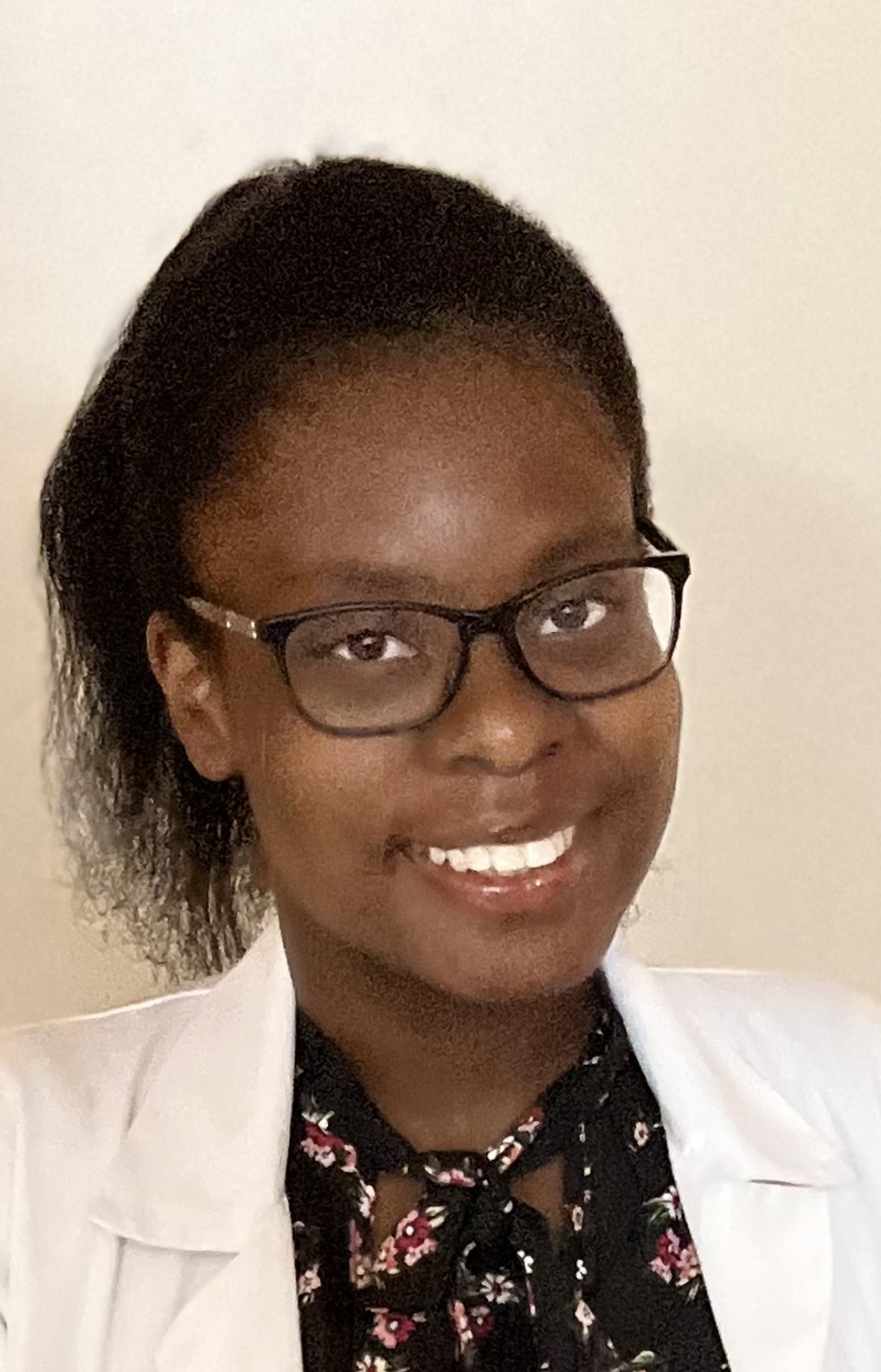
BIO
Greetings! My name is Roselaw Breus. I am a first-generation student, a Haitian-American first-year junior from Fort Lauderdale, Florida. I am primarily involved in CARE, UROP, and the Honors Program at Florida State. I love researching various health diseases, disparities, and outcomes. Additionally, I plan on becoming an obstetrician-gynecologist and raising awareness about many of the health disparities among our population, specifically with African Americans. I am passionate about women's health and am ecstatic about learning more. I like cooking, baking, and spending time with my family and friends.
A Proposed Biopsychosocial Model on the Correlation of Physical Activity of People Living with HIV
Authors: Roselaw Breus, Ms. Beren Crim SabuncuStudent Major: Interdisciplinary Medical Sciences - Clinical Professions
Mentor: Ms. Beren Crim Sabuncu
Mentor's Department: Center for Population Sciences for Health Equity Mentor's College: College of Social Work Co-Presenters:
Abstract
Human immunodeficiency virus (HIV) is a virus that prominently attacks the immune system of the body. It continuously destroy cells that fight against disease and infection in the body. It is transmitted through the exchange of bodily fluids with people of the virus. It can be exchanged via blood, breast milk, semen and vaginal fluids. There are a vast number of groups that are are at high risk of HIV infection. In this study, we examined the most affected group of the virus, which is men who have sex with men (MSM). Researchers were able to develop a biopsychosocial model to examine the correlates of physical activity with those living with HIV. Through our research, we’ve developed fundamental date that are associated with the protective and risk factors of HIV. Risk factors are ways that allows an individual to have a high potential of having HIV. Protective factors focuses on the methods and characteristics of lowering the risk or likelihood of having HIV. Therefore, in our study, physical activity is determined to be one of the protective factors of HIV.
Keywords: health, social work, HIV, risk factors, protective factors, physical activity
24th annual Undergraduate Research Symposium, April 3, 2024
Kylie Cowley Poster Session 3: 1:30 pm - 2:30 pm/327
BIO
My name is Kylie Cowley and I am a first year student majoring in Finance. I currently serve as a Presidential Scholar and University Ambassador, conducting service within the local community and engaging in campus leadership. My research delves into feminist theory, specifically within the music industry, where I'm passionate about understanding and addressing gender dynamics and representation. Through my work, I aim to foster inclusivity and bridge research gaps within this field.
Echoes of Empowerment: Feminism in Music of 2023
Authors: Kylie Cowley, Ashley JohnsStudent Major: Finance
Mentor: Ashley Johns
Mentor's Department: Communication Theory and Research Mentor's College: Communication and Information Co-Presenters: Samantha Amador
Abstract
The aim and purpose of this project is to understand how prominent women discuss feminism, sexual agency, and womanhood in their music. Feminism is the concept of inclusivity for all regardless of our identities in order to create a free and safe environment for people to live in. Those that have researched feminism in music have largely focused on the presence of sexualization and feminist themes (or lack thereof) in rap and R&B music, finding that it is in these genres where these themes are most present, both in the lyricism and the music videos. There is very minimal research on the presence of feminism in pop music, especially by female artists, as well as on the impact of these topics on women in the industry. For this study, a qualitative thematic analysis was used to analyze song lyrics by the Billboard Top 20 Female Artists of 2022 to find lyrics containing themes of feminism, sexualization, and womanhood in order to better understand their successes/failures, fame, and historical significance to women in the music industry.
Keywords: Feminism, Music, Artists
24th annual Undergraduate Research Symposium, April 3, 2024
Madison Harris Poster Session 3: 1:30 pm - 2:30 pm /147
BIO
Madison Harris is a second-year student at Florida State University pursuing a double-major in International Affairs and History, with hopes to attend law school upon graduating from Florida State. Madison is involved with the Women in Pre-Law Society, FSU Surge, UROP, and is pursuing two academic certificates through FSU.
The Women of Rosenstrasse: Analyzing Resistance in Nazi Germany
Authors: Madison Harris, Nathan StotlzfusStudent Major: International Affairs/History
Mentor: Nathan Stotlzfus
Mentor's Department: History Mentor's College: History Co-Presenters:
Abstract
In the midst of World War 2 studies, the horrors of the Holocaust dominate international thought and academia. With this at the forefront, less emphasis has been placed on the resistance to the Nazi regime including this specific instance of mass civil courage. Resistance to Hitler’s Germany took many forms and was led by varying motivations for the groups leading resistance. In some instances, resistance took the form of a political agenda from left-leaning political groups diametrically opposed to the fascist rule of the Nazi’s. In comparison to other forms of resistance, the Rosenstrasse protest demonstrates the greatest form of courage to its predecessors. Not only was the protest the only public protest in Nazi Germany, the actions of the protesters reunited families and inspired courage amidst the darkest of times.
Keywords: history, resistance, women
24th annual Undergraduate Research Symposium, April 3, 2024
Sarah Bass Poster Session 4: 2:45 pm - 3:45 pm/172
BIO
Hello, my name is Sarah Bass and I am a sophomore at FSU. I am from the Chicago area, and my research interests include genomics and other biological/medical areas. This is my second year presenting at the Undergraduate Research Symposium, and it has been a great experience!
The Search for Mitotic DNA Synthesis (MiDAS) in Maize Root Tips
Authors: Sarah Bass, Dr. Hank BassStudent Major: Biological Science
Mentor: Dr. Hank Bass
Mentor's Department: Biological Science Mentor's College: Arts and Sciences Co-Presenters: Madison DePeri
Abstract
This on-going study uses 3D epifluorescence imaging to understand the implications of Mitotic DNA synthesis (MiDAS), a rare and elusive abnormality within DNA synthesis. The study uses both primary and secondary (seminal) root tips of Zea mays strains to create multi-nucleic slides that were then observed using fluorescent staining techniques. The Leica Thunder Imaging System then captured 3-D, multi-wavelength (DAPI for DNA, FITC for DNA synthesis) image files that were uploaded to OMERO server (omero.bio.fsu.edu) for visual analysis. Data was derived through observations and quantified by distinguishing mitotic cells from other nuclei. The stains were then cross referenced with each other to detect MiDAS within the mitotic cells. Overall, the study processed imagery gained from multi-nucleic slides to detect and determine MiDAS within root tips of Zea mays strains. The results so far showcase MiDAS as a rare occurrence in maize root tips.
Keywords: Maize, Genomics, Mitosis
24th annual Undergraduate Research Symposium, April 3, 2024
Moinul Islam Poster Session 3: 1:30 pm - 2:30 pm /273

BIO
My name is Moinul Islam and i'm from Tampa, Florida, my academic journey has led me to specialize in Orbital-Free Density Functional Theory (OF-DFT) with a focus on transition metals. My research aims to apply OF-DFT to transition metals because it has been well established in main — group metals, but due to the presence of localized d and f electrons it poses an issue when discussing transition metals. With my background in Computer Science, I am dedicated to producing groundbreaking results in my field of scientific computing. My career goal is to contribute innovative insights that advance our understanding of transition metal complexes, catalysis, and materials science. With a commitment to excellence and collaboration, I aim to make significant contributions to scientific knowledge and address pressing challenges regarding OF-DFT for transition metals.
Implementation of orbital-free density functional theory for transition metals
Authors: Moinul Islam, Chen HuangStudent Major: Computer Science
Mentor: Chen Huang
Mentor's Department: Department of Scientific Computing Mentor's College: Florida State University Co-Presenters:
Abstract
Alloys stand as the backbone of modern engineering, indispensable in critical applications spanning aerospace to industrial manufacturing. Renowned for their blend of strength, durability, and resilience, alloys form the bedrock of essential components such as rocket engines and high-caliber parts. Orbital-free density functional theory (OF-DFT) is a promising method for large-scale metal simulations. While OF-DFT has been well-established for main-group metals, it is still challenging to apply it to transition metals due to the presence of localized d and f electrons. To address this issue, Huang and Carter proposed a density-decomposition scheme in which the electron density of a transition metal atom is partitioned into the localized and delocalized components. During OF-DFT simulations, the localized component remains fixed in the space, and only the delocalized part is optimized. In this work, we integrate the localized electron density into an open source, Python-based OF-DFT program “DFTpy”. We first defined the atomic localized electron density and then performed the Fourier transformation to transform it to the Fourier space. This localized density is then efficiently constructed in the bulk using the structure factor. This work is one step closer to OF-DFT simulations of alloys, which can potentially help us design high-performance alloys essential for various industries, including aerospace and manufacturing.
Keywords: OF - DFT, Scientific Computing, Alloys
24th annual Undergraduate Research Symposium, April 3, 2024
Livia Gimenez Poster Session 4: 2:45 pm - 3:45 pm /156
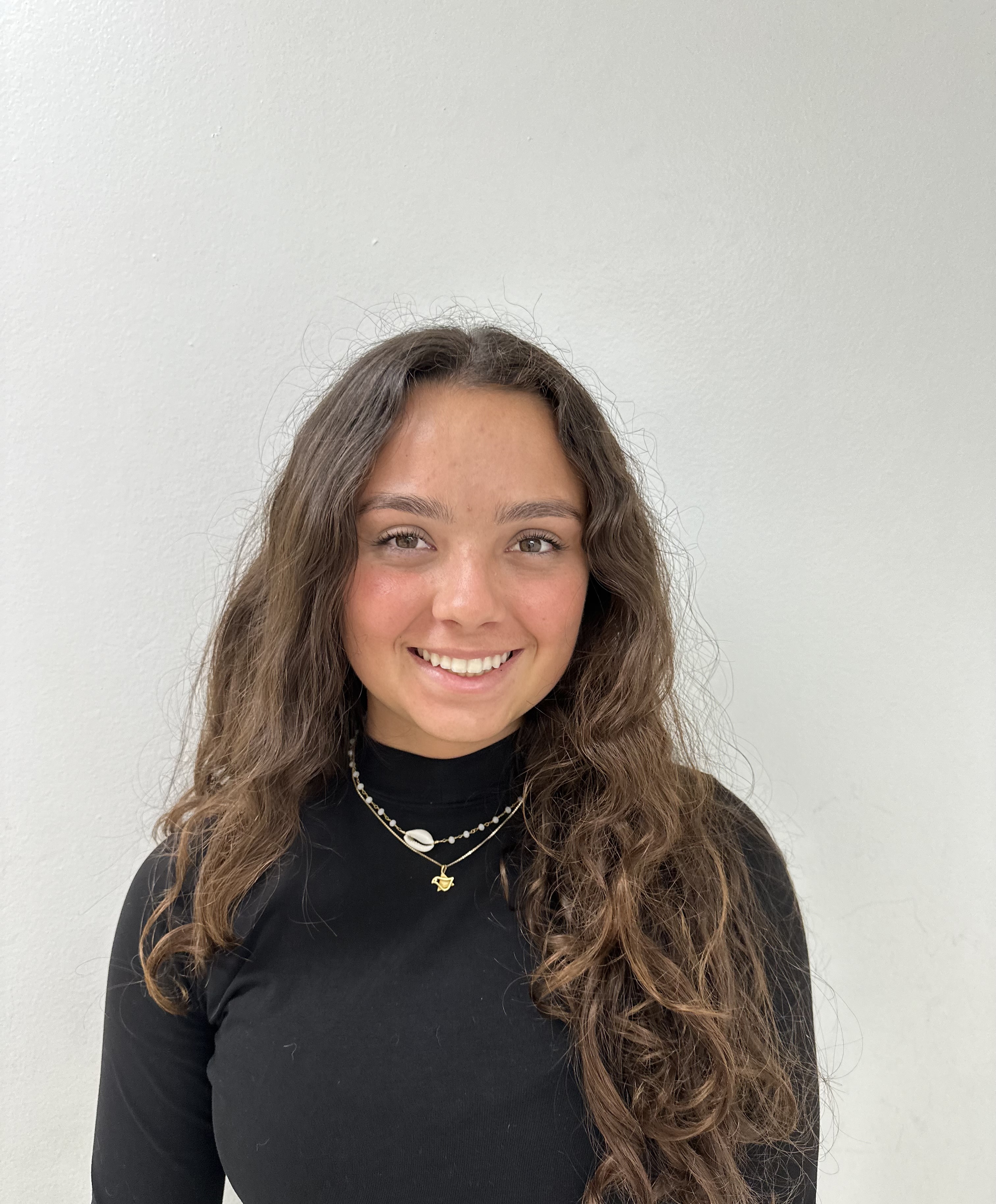
BIO
My name is Livia Gimenez, I am from Miami, Florida and I am a second year at Florida State University. Currently pursuing a bachelor’s degree in biology, I thrive on exploring the intricate ecosystems that exist beneath the water. From a young age, my love for animals has been the driving force behind my academic career. I developed a deep sense of empathy towards animals, sparking my interest in their biology and well-being. I am determined to combine my love for biology with my passion for the ocean by pursuing a career as an aquatic veterinarian. I have a strong passion for learning about and protecting the fragile ecosystems found in our seas. Outside of academics, I am involved with the FSU Pre-Vet Club as well as the FSU Scuba Club. I am an avid scuba diver who loves to constantly learn about the diverse array of marine life that inhabits it’s our oceans.
MAP-R: Morphological Analysis Pathway to Reading
Authors: Livia Gimenez, Carla WoodStudent Major: Pre-Biological Sciences
Mentor: Carla Wood
Mentor's Department: Communication and Information Mentor's College: School of Communications Science and Disorders Co-Presenters: Marissa Young and Savanah Rodriguez
Abstract
An innovative educational curriculum called the Morphological Awareness Pathway to Reading (MAR-P) focuses on morphological awareness to improve students’ reading abilities. The MAR-P curriculum is based on a wealth of research that emphasizes the vital role that morphological awareness plays in the development of reading comprehension. Students work on morpheme recognition, analysis, and manipulation through engaging, hands-on exercises. Through the development of a profound comprehension of word formation and structure, MAR-P seeks to provide unique students with the abilities required for effective reading. To meet the requirements of each student, MAR-P considers the diversity of learners and uses individualized instruction. To facilitate successful implementation in a variety of school settings, including those that include English, Spanish, and ASL, it offers educators a range of tools, such as lesson plans and activities. The method integrates morphological training into current reading programs in a seamless manner, emphasizing the proper delivery of literacy instructions to students who are multilingual learners with or at risk for language disabilities. According to research findings, kids who take part in the MAR-P program show notable gains in their vocabulary growth, reading comprehension, and general literacy abilities. Apart from its academic advantages, MAR-P supports a good and stimulating learning environment between students, families, and faculty. The curriculum provides kids with the necessary tools to become competent readers by integrating morphological awareness, laying the groundwork for both academic achievement and a lifetime love of learning.
Keywords: education, communication science, disorders
24th annual Undergraduate Research Symposium, April 3, 2024
Mia Wolman Poster Session 1: 9:30 am - 10:30 am/30
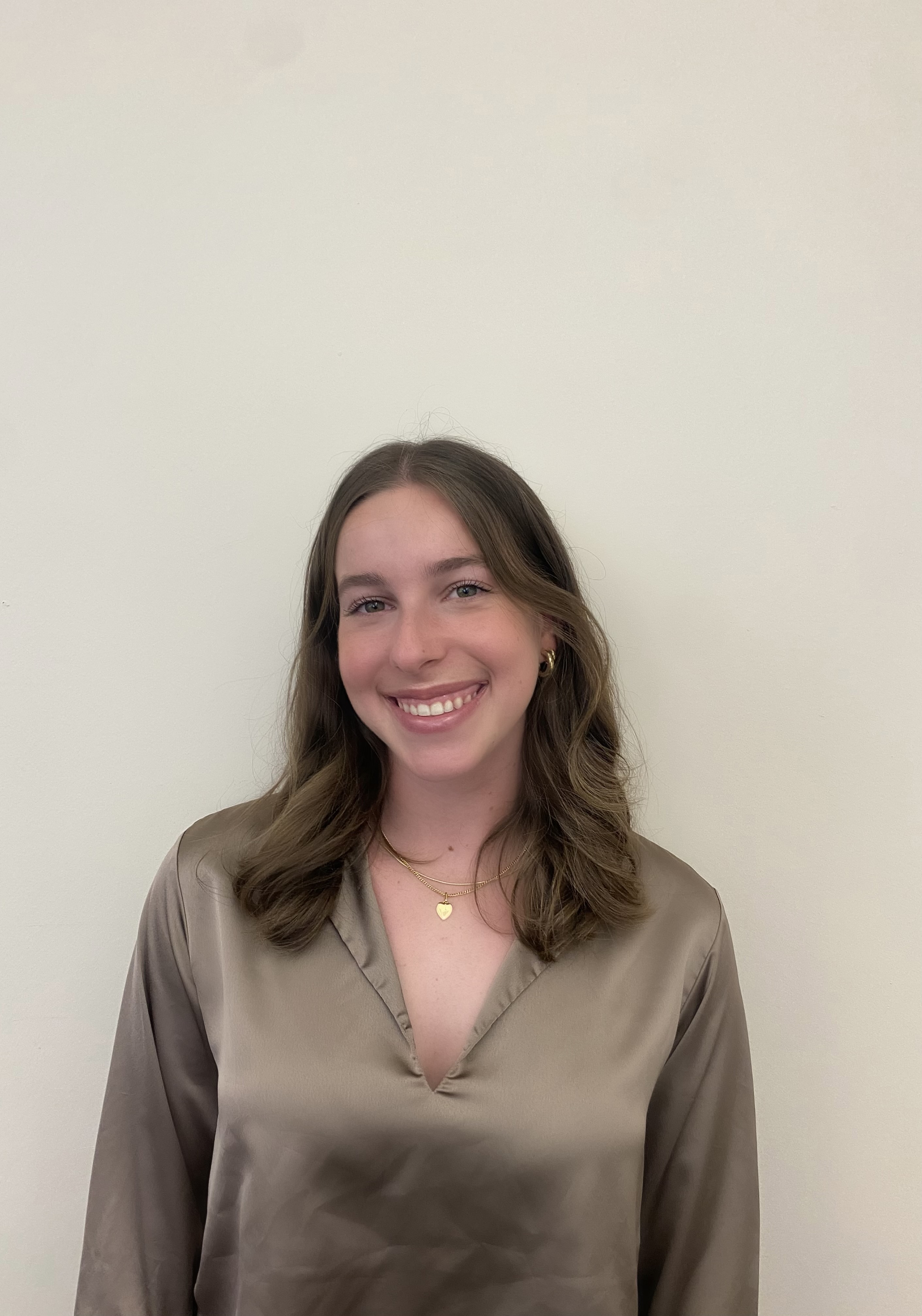
BIO
My name is Mia Wolman, and I am a highly motivated second-year Human Development & Family Sciences student at Florida State University, pursuing a B.S. from the College of Health and Human Sciences with a minor in Psychology on a Pre-Occupational Therapy track. As an aspiring pediatric Occupational Therapist, I am deeply passionate about promoting health equity, public health awareness, environmental sustainability, social justice, and ethical practices within healthcare. To further my advocacy efforts and deepen my understanding of brand activism in healthcare, I have decided to join a research project in the field of communications. Specifically, I am exploring the intersection of brand activism and the hedonic and utilitarian aspects of consumer behavior. This study aims to delve into the dynamics of brand activism advertising, consumer perceptions, and behaviors, with a particular emphasis on differentiating its effects on hedonic and utilitarian brands. Through this project, I aim to contribute to filling these gaps by providing a more nuanced understanding of how brand activism influences consumer reactions. By examining the diverse impacts of brand activism on different categories of brands, we seek to advance knowledge in this area and inform practical strategies for brands engaging in activism.
Stand Up Branding: Does brand activism impact consumer attitudes and behaviors for every type of brand?
Authors: Mia Wolman, Ashley JohnsStudent Major: Human Development and Family Sciences
Mentor: Ashley Johns
Mentor's Department: Communication and Information Mentor's College: College of Communication and Information Co-Presenters: Amelia Nordling, Estefania Cardenal, and Madeline Castillo
Abstract
This study seeks to understand brand activism advertising, consumer perceptions, and behaviors, specifically focusing on differentiating effects on hedonic and utilitarian brands. Brand activism can be defined as businesses projecting their beliefs on certain social, environmental, economic, or political issues through media, advertisements, donations, initiatives, etc. Examples of brand activism in the 21st century include stands against climate change, LGBTQ+ rights, and racial justice. It has become increasingly prevalent that existing literature contains numerous gaps both in examining this behavior, both from the perspective of brands and from the consumer point of view. This study adds to a more complex knowledge of how brand activism influences customer reactions and provides information that is useful for utilitarian and hedonistic marketing strategies. The approach offers a strong basis for deriving significant inferences regarding the diverse impacts of brand activism on distinct categories of brands. The next steps for this project include data collection, data analysis, conference submission, and journal submission.
Keywords: Brand Activism, Consumer Behavior, Corporate Social Responsibility (CSR), Brand Perception, and Purchasing Motivation
24th annual Undergraduate Research Symposium, April 3, 2024
Valeria Boxley Poster Session 4: 2:45 pm - 3:45 pm /328

BIO
Hello! My name is Valeria Boxley, and I'm a second-year from Sarasota, FL. I am seeking a dual degree in Psychology and Finance, with a minor in Japanese. I'm really interested in social media use, and I have enjoyed researching ways to make social media platforms safer for everyone. I currently plan to get an MBA from FSU.
Content Analysis of Conspiracies on Twitter Post Musk Acquisition
Authors: Valeria Boxley, Kyle RoseStudent Major: Psychology, Finance
Mentor: Kyle Rose
Mentor's Department: College of Social Sciences and Public Policy Mentor's College: Sociology Co-Presenters:
Abstract
After Elon Musk’s acquisition of Twitter in October 2022, hate speech and misinformation on the platform increased due to changes in content moderation and the algorithm itself. More than two-thirds of employees were also laid off, with many members of the Trust and Safety team being affected. There is currently little research on how conspiracy theory content has changed on the platform post-acquisition, which is of interest since conspiracy theories can be even more dangerous to users than standalone pieces of misinformation. In this study, 3,600 posts were collected from over 5,000 previously suspended accounts between January and March 2023. A combination of LDA topic modeling and content analysis was then used to categorize frequently-appearing topics. Our results are preliminary, but so far we have found that conspiracy theory content was overwhelmingly right-wing and US-centric. Evidence for conspiracy theories was provided by independent news accounts, which often linked off of Twitter itself and onto other websites with far less content moderation. Many posts were also not flagged for misinformation through the Community Notes feature despite being obviously incorrect. To protect users, content moderation of harmful and offensive content needs to be much stronger and account suspensions should be accompanied with IP bans. Beyond those recommendations, Elon Musk needs to stop encouraging right-wing ideology by publicly promoting and interacting with right-wing accounts, as he sets a precedent for what is acceptable on the platform.
Keywords: Social Media, Twitter, Content Analysis, Conspiracy, Misinformation
24th annual Undergraduate Research Symposium, April 3, 2024
Maryanne Armstrong Poster Session 3: 1:30 pm - 2:30 pm /243
![IMG_5580[616].jpg IMG_5580[616].jpg](https://cre.fsu.edu/system/files/webform/research_symposium_webform/10776/IMG_5580%5B616%5D.jpg)
BIO
Maryanne is an undergraduate researcher in the Crofts lab majoring in Biomathematics. After getting her undergraduate degree, she hopes to attend medical school to later become a doctor.
Identifying Erythromycin Resistance
Authors: Maryanne Armstrong, Terence CroftsStudent Major: Biomathematics
Mentor: Terence Crofts
Mentor's Department: Department of Biomedical Sciences Mentor's College: College of Medicine Co-Presenters:
Abstract
Antibiotics are essential to modern medicine and the prevention of the spread of disease; however, antibiotic resistance has been growing for decades. As researchers have studied this growing resistance, they have had much success with finding resistance genes in various microbiomes, though this research is often limited to gram-negative antibiotics that can be studied with E. coli. Gram-positive antibiotics, such as Erythromycin, have been met with less success in studies involving E. coli. Through my research of Erythromycin, an antibiotic used to treat pneumonia and other pathogens, we have found that the use of an efflux inhibitor, PAβN, has yielded greater advancement in resistance study. A functional metagenomic selection was originally performed in order to find potentially interesting DNA targets that could confer resistance. I was able to isolate these targets, transform them into E. coli , and study its growth against antibiotics with and without the efflux inhibitor. We were able to identify one Erythromycin resistance gene so far, and through some troubleshooting and continued work with microbiological assays and DNA sequencing, we hope to be able to identify more in the future.
Keywords: antibiotic, resistance, bacteria
24th annual Undergraduate Research Symposium, April 3, 2024
Mia Biton Poster Session 4: 2:45 pm - 3:45 pm /444
BIO
Mia Biton is a first-year Presidential Scholar studying Theatre and Political Science. She was born and raised in Miami, Florida along with her two younger siblings. Mia’s research interests include intersectionality, feminism, government, and music. In her free time, Mia enjoys writing songs and playing guitar and piano. She is so grateful to be participating in the Undergraduate Research Opportunity Program early on in her research career!
I'm 100% That Bitch with a Blank Space: The Feminism(s) and Feminist Rhetorical Strategies of Taylor Swift and Lizzo
Authors: Mia Biton, Brittany BarronStudent Major: Theatre, Political Science
Mentor: Brittany Barron
Mentor's Department: Rhetoric and Composition Mentor's College: Florida State University Co-Presenters:
Abstract
PhD Candidate and research mentor Brittany Barron’s dissertation, I'm 100% That Bitch with a Blank Space: The Feminism(s) and Feminist Rhetorical Strategies of Taylor Swift and Lizzo, is where she explores the distinct feminist rhetorical expressions of Taylor Swift and Lizzo through an analysis of their music videos, encompassing both visual and aural dimensions. Barron notes how these artists, who identify as feminist despite the critiques they receive from the public, use a variety of rhetorical techniques in their artistic creations, adding to the rich fabric of modern feminist discourse. As Barron’s research mentee, I was tasked with finding popular sources (i.e. interviews, social media, podcasts) where both Swift and Lizzo discuss their personal definitions of feminism. For example, I analyzed Lizzo’s Instagram for photo or video content of her expressing her distinct feminist style to her audience. I also looked at popular sources to see how the public interpreted Swift’s and Lizzo’s communications of feminism in the media. PhD candidate Brittany Barron’s goal when conducting this research is to shed light on how celebrity feminists and their expressions of feminism (in their music videos) affect our understanding of feminism and the feminist movement, and I am very grateful that I was able to contribute to her research as her mentee.
Keywords: feminism, music, taylor swift, lizzo, rhetoric
24th annual Undergraduate Research Symposium, April 3, 2024
Nicole Allenick Poster Session 2: 10:45 am - 11:45 am/14
BIO
I am a junior here from Pembroke Pines Florida. I am currently very interested in working with either an older population or a younger population in the future. Right now I am very interested in Alzheimer's disease and how we can help those who are diagnosed with it. I am also very interested in working with kids specifically those diagnosed with ADHD or ASD. In the future, I hope to become a clinical psychologist specializing in neuropsychology. Working with both populations has given me a lot of interest in working in the neurosciences. I want to be able to help those who are diagnosed with a disease. I also am currently working as a registered behavior technician with kids diagnosed with ASD who are 2-7 years old applying ABA practices.
Spatial Navigation Skills in Alzheimer's Disease- A Meta-Analysis
Authors: Nicole Allenick, Dorota Kossowska-KuhnStudent Major: Psychology and Sociology
Mentor: Dorota Kossowska-Kuhn
Mentor's Department: Psychology Mentor's College: Florida State University Co-Presenters: Jackzyri Torres
Abstract
Dementia greatly impacts various individuals. A common form of dementia is Alzheimer's Disease (AD). One of the earliest symptoms noted in AD is spatial disorientation. Spatial disorientation occurs when an individual cannot determine their accurate body position, altitude, and motion in relation to their surroundings. In a prior meta-analysis that examined spatial navigation skills in individuals with Mild Cognitive Impairment (MCI), it was observed that they diverged from cognitively healthy older adults by a standardized mean difference of 0.9. MCI represents a state between cognitively healthy aging and dementia.
In this meta-analysis, the objective is to evaluate the degree to which individuals with AD exhibit cognitive underperformance compared to cognitively healthy older individuals in spatial navigation tasks. Hedge’s g, a standardized mean difference, serves as the measure of effect size in this assessment. Notably, characteristics of articles such as title, year of publication, country of study, and authors are considered along with demographic variables (education, age, and gender), way of test administration (real-world, virtual reality), AD criteria, and type of measure (time/accuracy).
The present dataset comprises 48 effect sizes from 21 studies, involving a total of 483 participants (212 AD, 271 healthy older adults). The overall findings indicate a statistically significant difference (p = 0.05) in navigation skills, with healthy older adults exhibiting significantly better performance compared to individuals with AD, as evidenced by the standardized mean difference (SMD) of 1.3.
Keywords: Alzheimers Disease, Spatial navigation, meta-analysis
24th annual Undergraduate Research Symposium, April 3, 2024
Lydia Beshures Poster Session 5: 4:00 pm - 5:00 pm/329
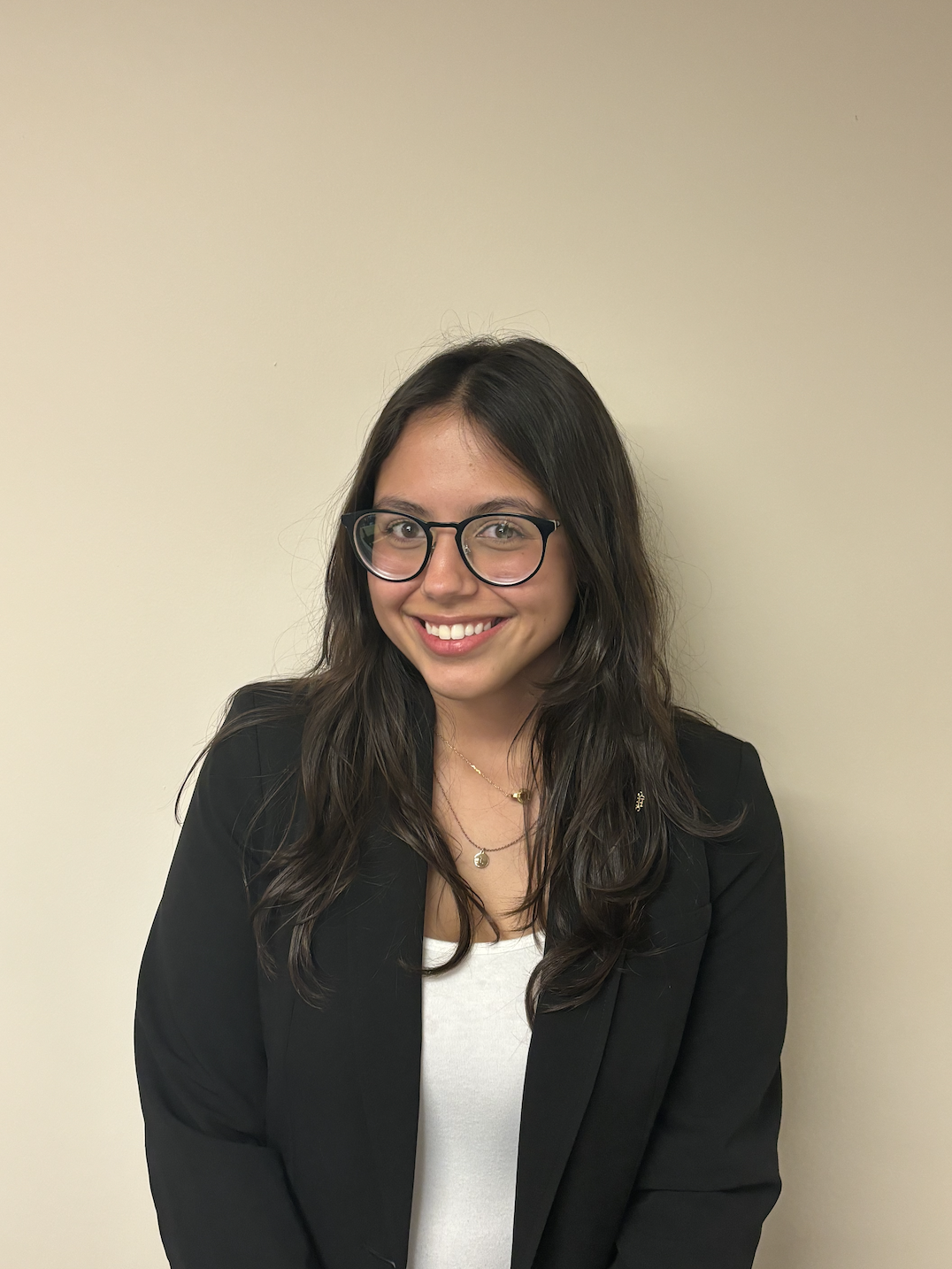
BIO
I believe that hydrogel sensors are an overlooked yet necessary tool for any application. The aspect of these sensors that give them their variability, is the material they are using to detect changes. To choose an efficient and sustainable hydrogel, is to ensure proper sensing abilities without any environmental detriment. Since there is no real database showing different capabilities of materials, I am currently researching various hydrogels and their characteristics. This topic involves everyday systems and is one way I would like to contribute to science, to make a sustainable and reliable soceity for my loved ones.
Hydrogels and YOU: A Research of Specific Materials in Hydrogel-Based Sensors
Authors: Lydia Beshures, Stephanie BurrsStudent Major: Chemical Engineering
Mentor: Stephanie Burrs
Mentor's Department: Department of Chemical and Biomedical Engineering Mentor's College: Famu-FSU College of Engineering Co-Presenters:
Abstract
Hydrogel biosensors are commonly used in medicinal and food science applications but can be utilized in a wide range of applications such as physical therapy analysis, disease recognition, and pollutant detectors. With such diverse applications, the materials used to design the sensors must also be examined in order to suit the individuals’ specific needs. A hydrogel biosensor is a sensor that detects a change in volume of a hydrogel and sends an electrical signal once the swelling is detected. Most sensors use a material which swells and contracts under various chemical conditions. With numerous options out there, it can be difficult to determine which hydrogel is best for a particular sensor with its own set of specific conditions. Previous studies investigated different materials on a small scale, primarily focusing on one or two that are used for their application, yet no widely recognized accumulation of information has been released. Multiple sources were referenced regarding sensor conditions, materials, applications, and sustainability to compile data. The database is organized based on the most commonly desired conditions and their uses. Considerations on the sustainability and reusability of hydrogels in the sensors were also assessed in order to better understand the environmental impacts of specific materials. By investigating which characteristics of hydrogels are important in categorizing and selecting the type of hydrogels that would be best used in different sensor applications, it can then be determined how to utilize this information to design a decision analysis database.
Keywords: Hydrogels, sensors, materials
24th annual Undergraduate Research Symposium, April 3, 2024
Mahathi Tallapragada Poster Session 5: 4:00 pm - 5:00 pm/125
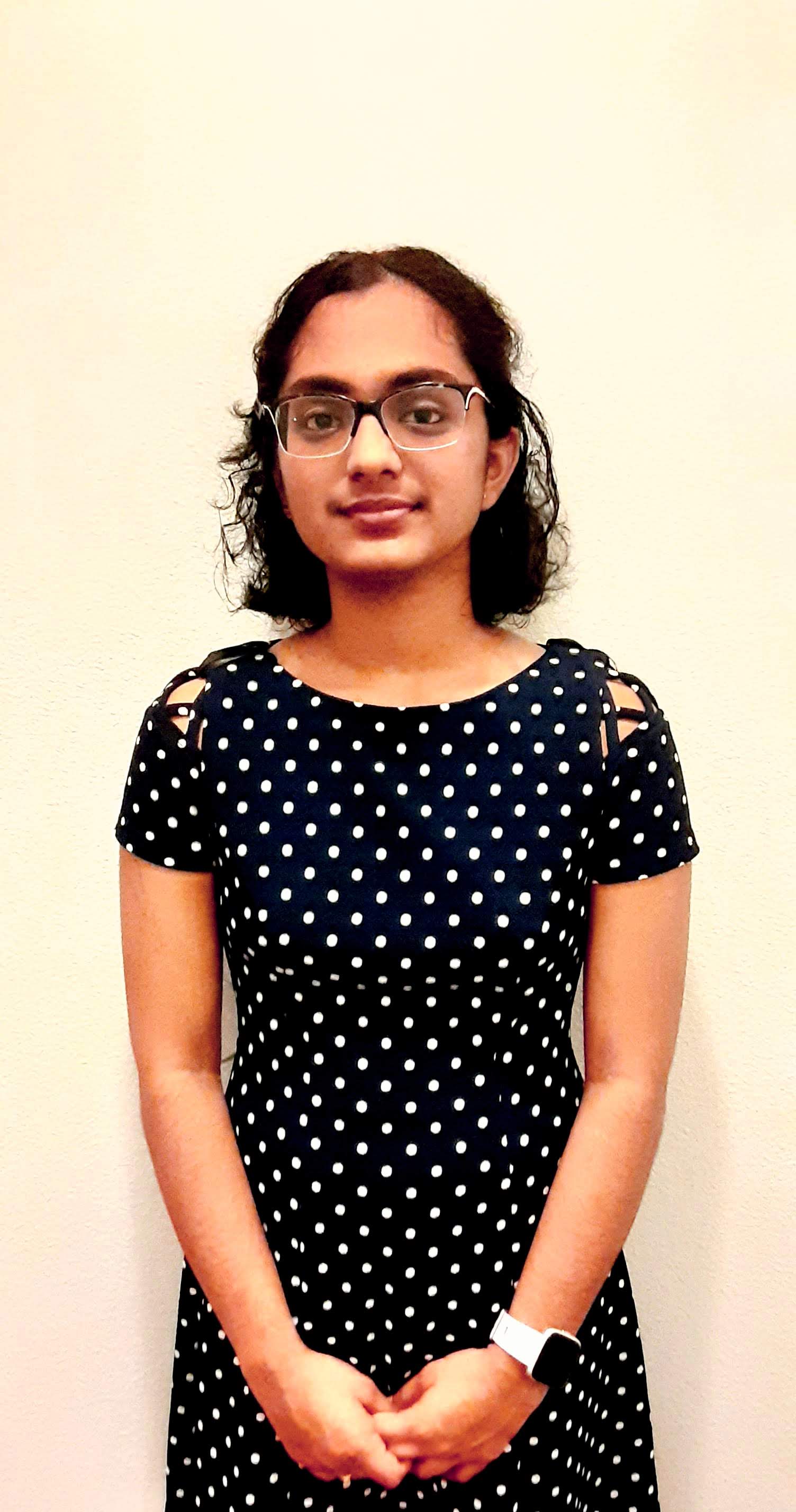
BIO
I am a second-year student from Tallahassee, Florida majoring in Biological Sciences. I am currently on the pre-med track aspiring to become a physician in the near future. My research concerns predicting bacterial populations by finding approximate values for the growth rate and carrying capacity parameters.
Making Predictions of Bacterial Population Dynamics Using a Metropolis-Hastings Algorithm
Authors: Mahathi Tallapragada, Susan RogowskiStudent Major: Biological Sciences
Mentor: Susan Rogowski
Mentor's Department: Mathematics Mentor's College: Arts and Sciences Co-Presenters:
Abstract
The logistic growth model is a simple representation of bacteria population dynamics. In this project, we are interested in estimating the growth rate and the carrying capacity of our model, which serve as the parameters of the model. While we can estimate the growth rate of a bacterial population using the logistic growth model, there is often noisy or sparse data that distracts the model from an accurate representation of the parameters. The Markov Chain Monte Carlo (MCMC) - Metropolis-Hastings algorithm allows for the growth rate and carrying capacity to be approximated depending on an initial distribution. By creating a working code for the MCMC Metropolis-Hastings algorithm, we can estimate the parameters of the model through numerous iterations and show a reasonable trend in population growth. Through the code, we show that while the algorithm works well and can recover the parameters, it is very computationally expensive. In the future, the algorithm must be further improved to reduce the computational costs of running, creating a faster and more efficient solver. Additionally, we will show how the algorithm can be applied to more complex bacteria population models.
Keywords: Mathematics, Population, Bacteria
24th annual Undergraduate Research Symposium, April 3, 2024
Julia Won Poster Session 2: 10:45 am - 11:45 am/26

BIO
My name is Julia, and I am a senior at Florida State University with a major in biology and interdisciplinary minors in chemistry and physics. I tutor at the Academic Center for Excellence and love helping students understand science. After graduating, I intend to pursue a career in the medical field and am interested in using research to solve health problems. During my free time, I enjoy hiking, cooking, and traveling with my family.
Effect of ZAG4 in Paramutation of Zea mays
Authors: Julia Won, Dr. Karen M. McGinnisStudent Major: Biological Science
Mentor: Dr. Karen M. McGinnis
Mentor's Department: Department of Cell and Molecular Biology Mentor's College: College of Arts and Sciences Co-Presenters:
Abstract
Epigenetic processes change gene expression without altering gene sequence. The resulting phenotypic effects can be beneficial, deleterious, or neutral for the organism. To understand more about the mechanisms of epigenetics, we are currently studying how paramutation occurs in maize (Zea mays). Paramutation happens when one allele on a diploid locus epigenetically changes the gene expression of the other allele. When this process acts on the booster1 (b1) gene sequence, it affects gene expression and ultimately, how much anthocyanin is expressed in maize stems. A non-coding DNA sequence called the b1 tandem repeat (b1TR) is located 100 kb upstream to the b1 transcription start site and acts as an enhancer or silencer to the b1 locus. Single Locus Immunoprecipitation Proteomics (SLIP) was used to find b1TR-binding proteins in maize. One of these proteins is posited to be zea agamous 4 (ZAG4). To confirm if ZAG4 interacts with b1TR, we are preparing to test the binding of the ZAG4 protein to the b1TR sequence in a yeast 1 hybrid assay. Overall, this study will provide more information about the molecular mechanisms of epigenetics and paramutation in eukaryotic organisms.
Keywords: epigenetics, paramutation, maize
24th annual Undergraduate Research Symposium, April 3, 2024
Alyna Santos Bodart Poster Session 3: 1:30 pm - 2:30 pm /444
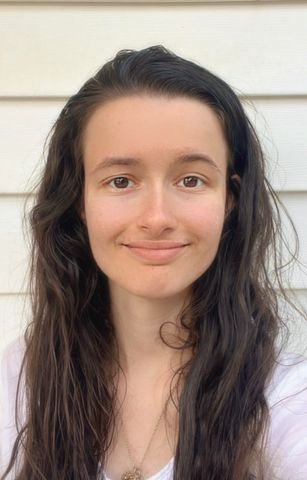
BIO
Alyna Santos Bodart is a Brazilian-American artist, illustrator, writer, and comic artist. She was born and raised in the Florida panhandle and now lives in Tallahassee as she studies Studio Art and Creative Writing at Florida State University. She's most interested in exploring folklore and fantasy as both an artist and a writer. She also does not shy away from infusing her work with her own life experiences as well as her love for animals (especially cats). Explore her work on her website here: https://ajsbodart.wixsite.com/alynasantosbodart
Forked Roads: The Beginning of a Webcomic
Authors: Alyna Santos Bodart, Kevin CurryStudent Major: Studio Art/Creative Writing
Mentor: Kevin Curry
Mentor's Department: Studio Art Mentor's College: College of Fine Arts Co-Presenters:
Abstract
My Honors in the Major Project for the Studio Art Major centers on the first of three already-written episodes of Forked Roads, an upcoming webcomic, which will ultimately consist of 60 episodes. The story of the first episode is about Ajay Dusk, an introverted 15-year-old nekomata. She’s just living a quiet, studious life as a student at Portum High School for Familars, until one day she gets horrible news: she’s getting roommates! The rest of the series will follow the misadventures of these shape-shifting cats as they learn to put up with each other.
Keywords: nekomata, webcomic, introvert, roommates, owl


